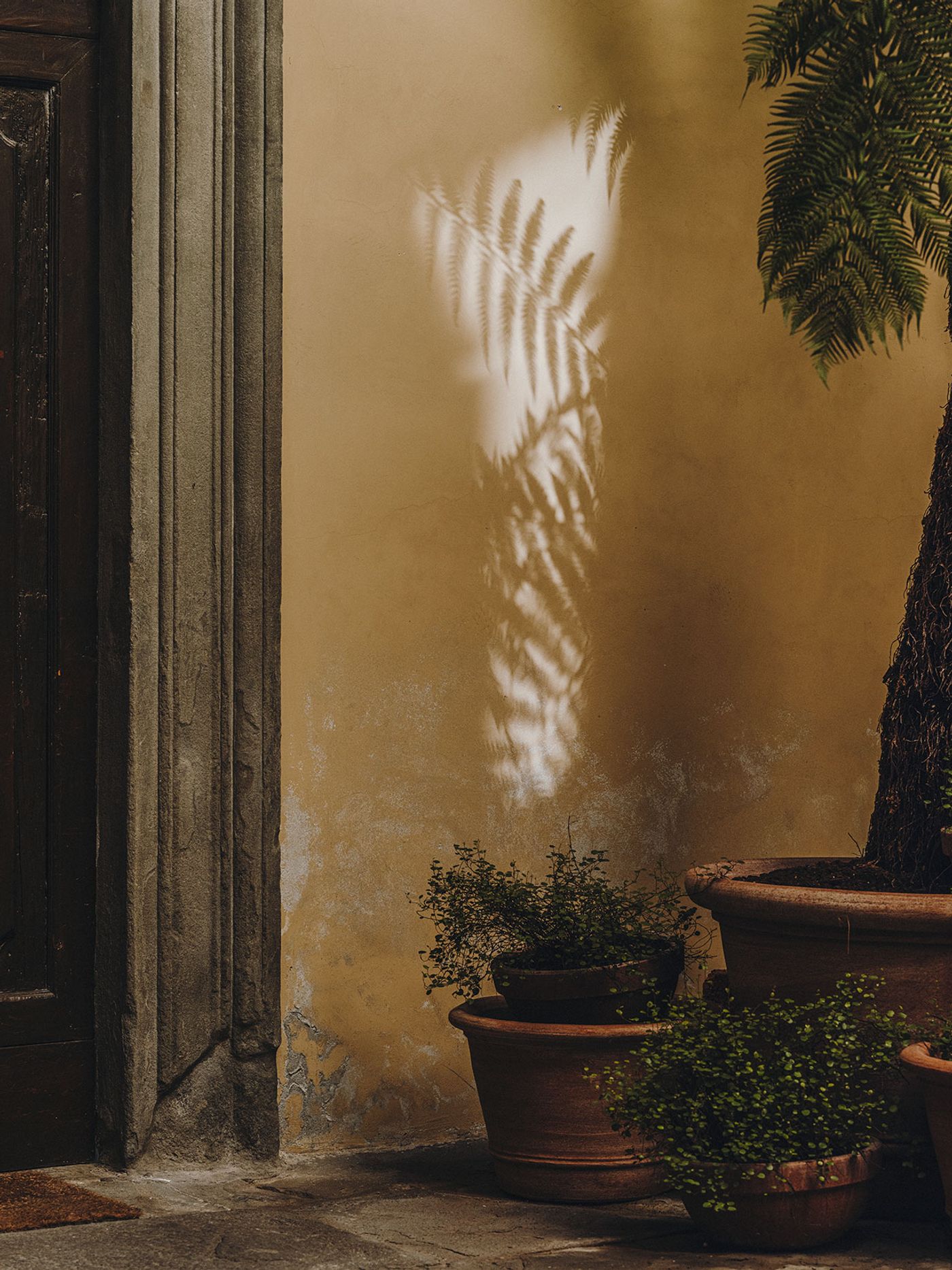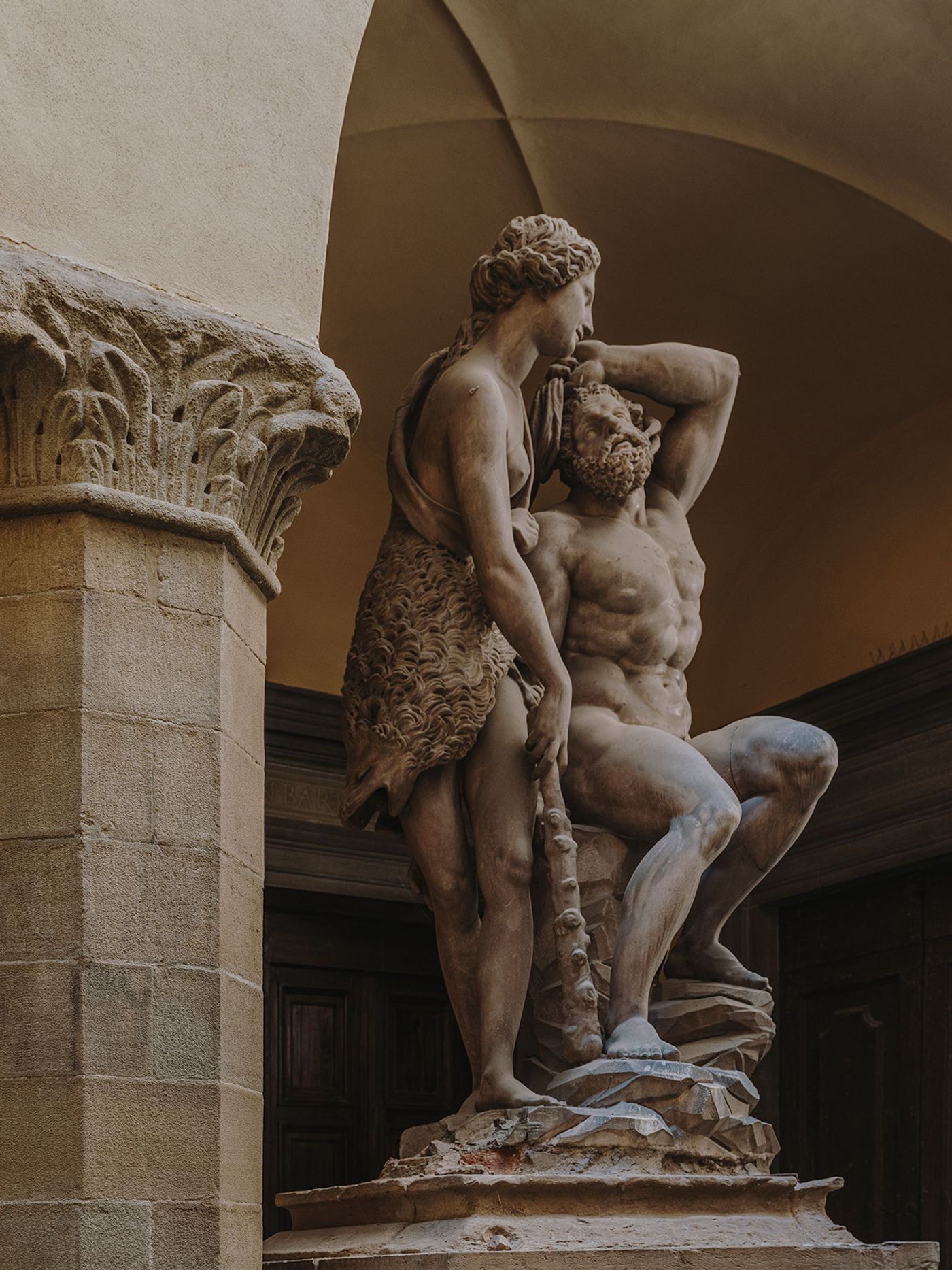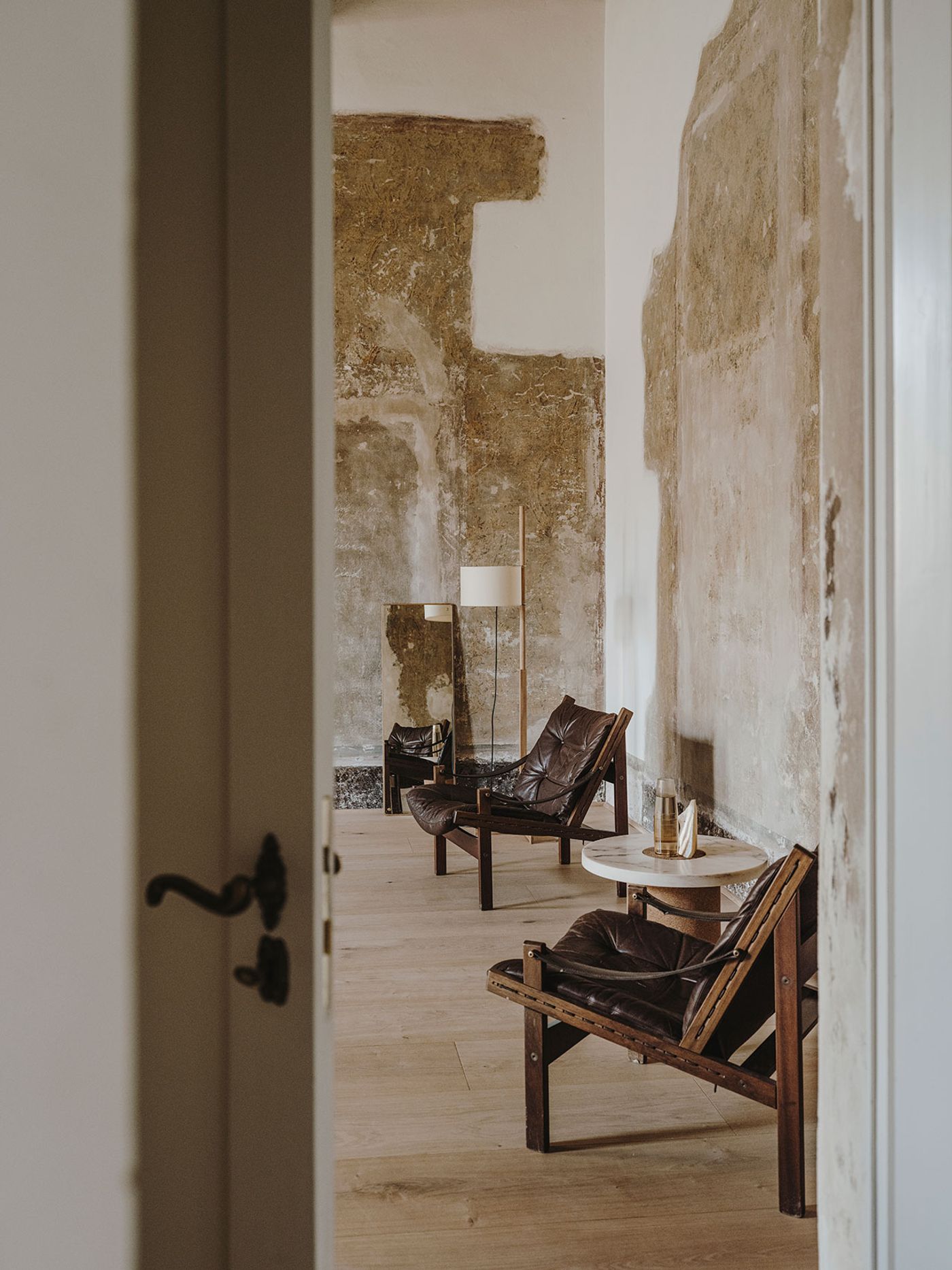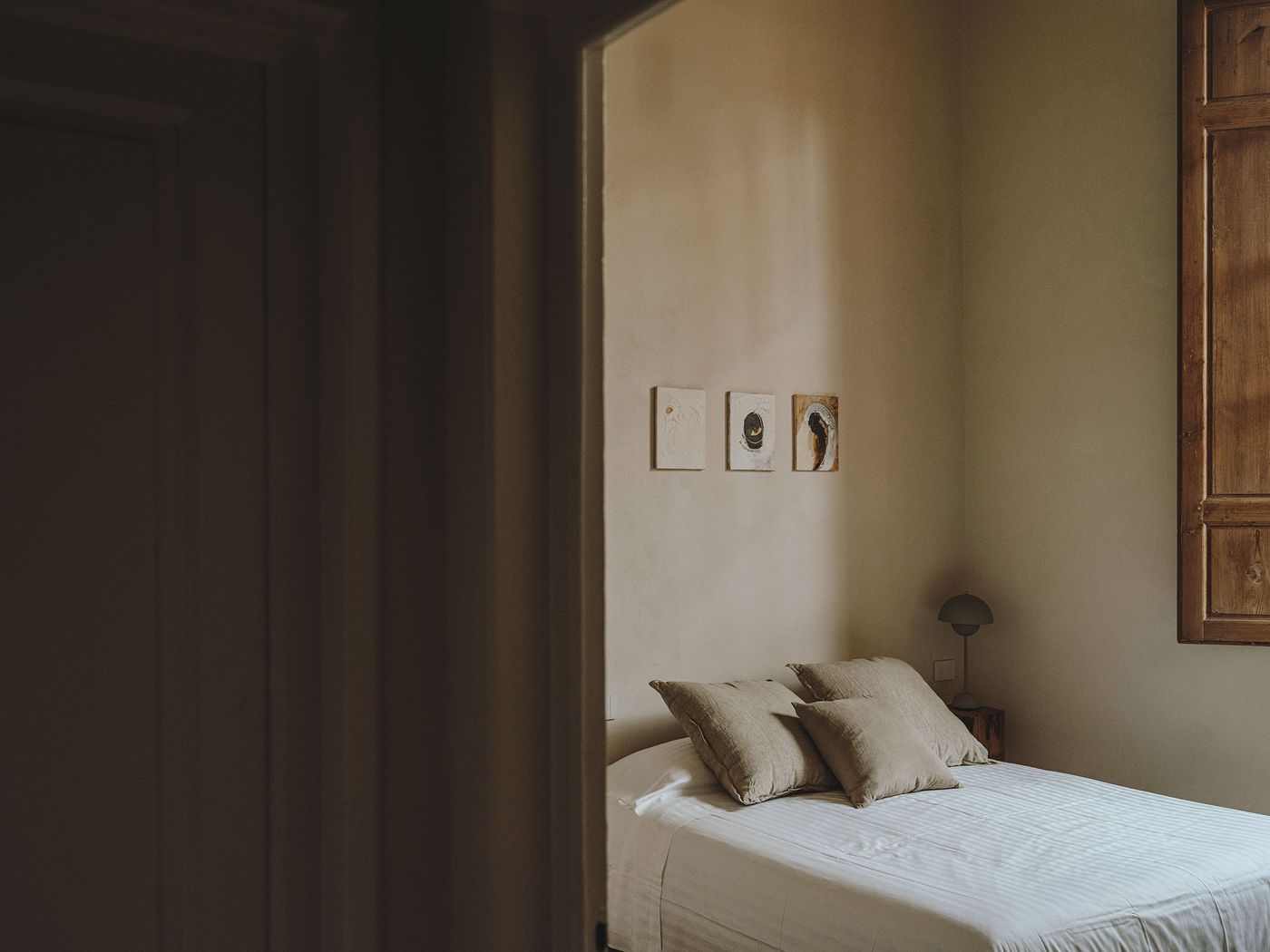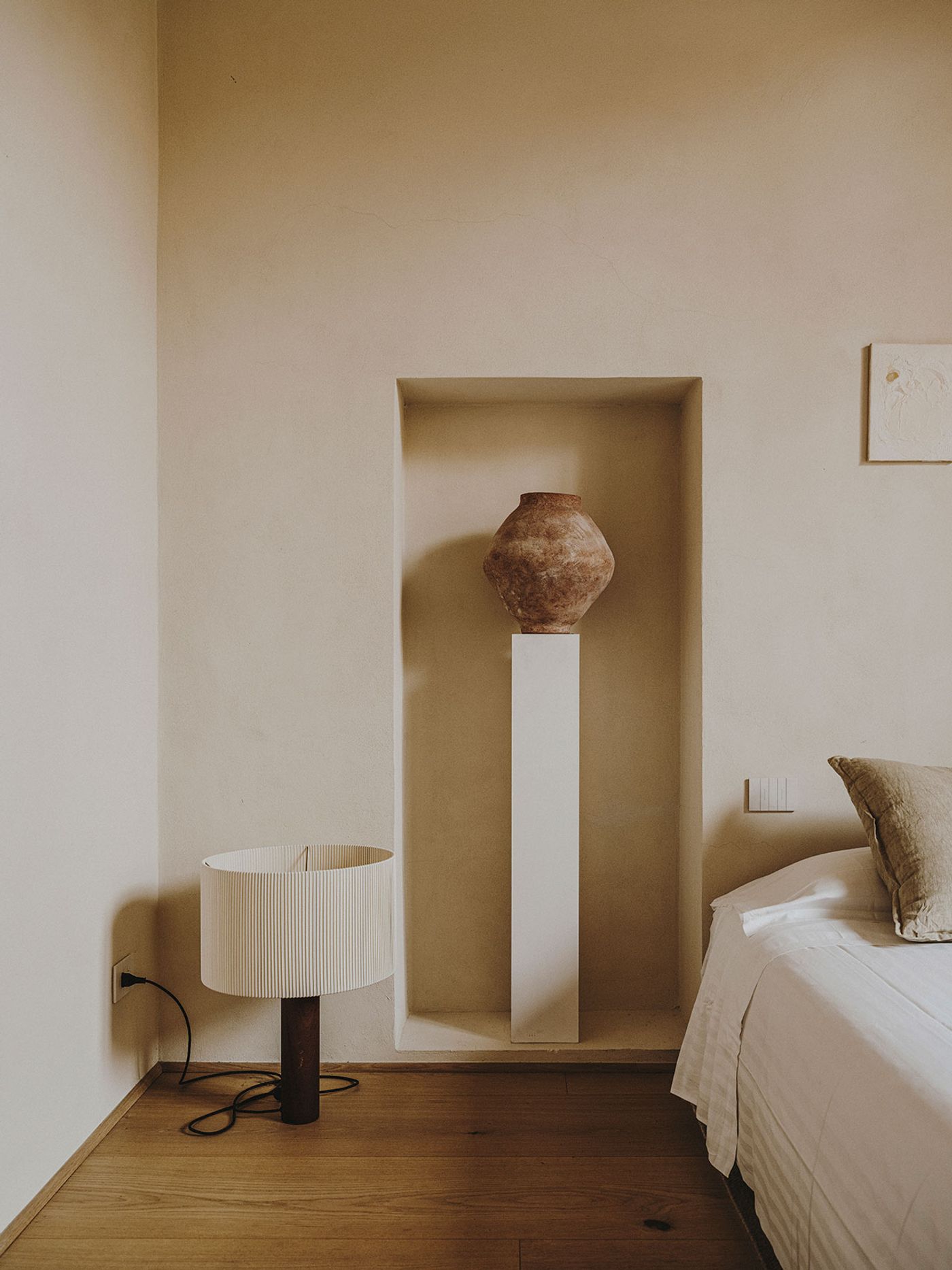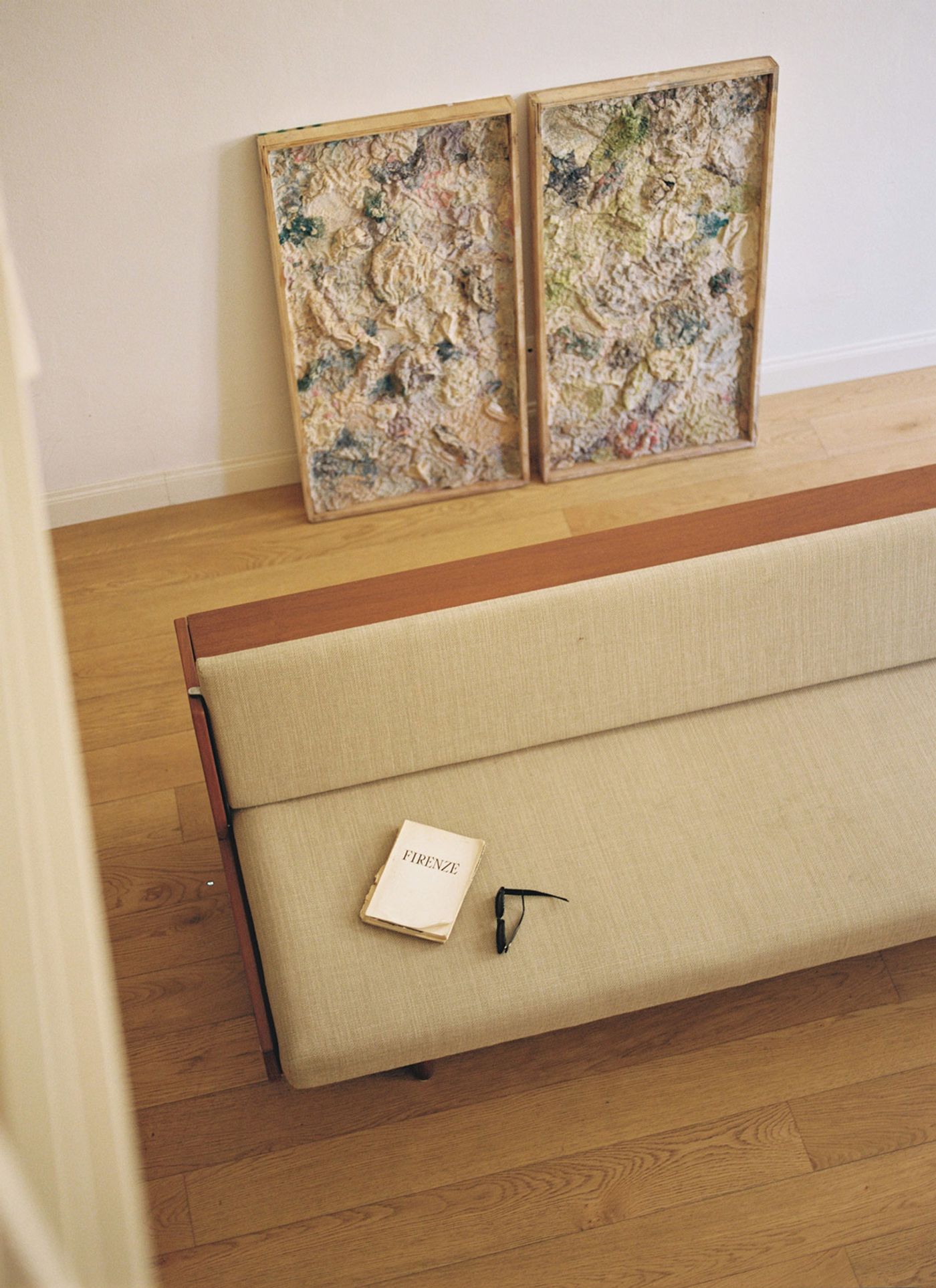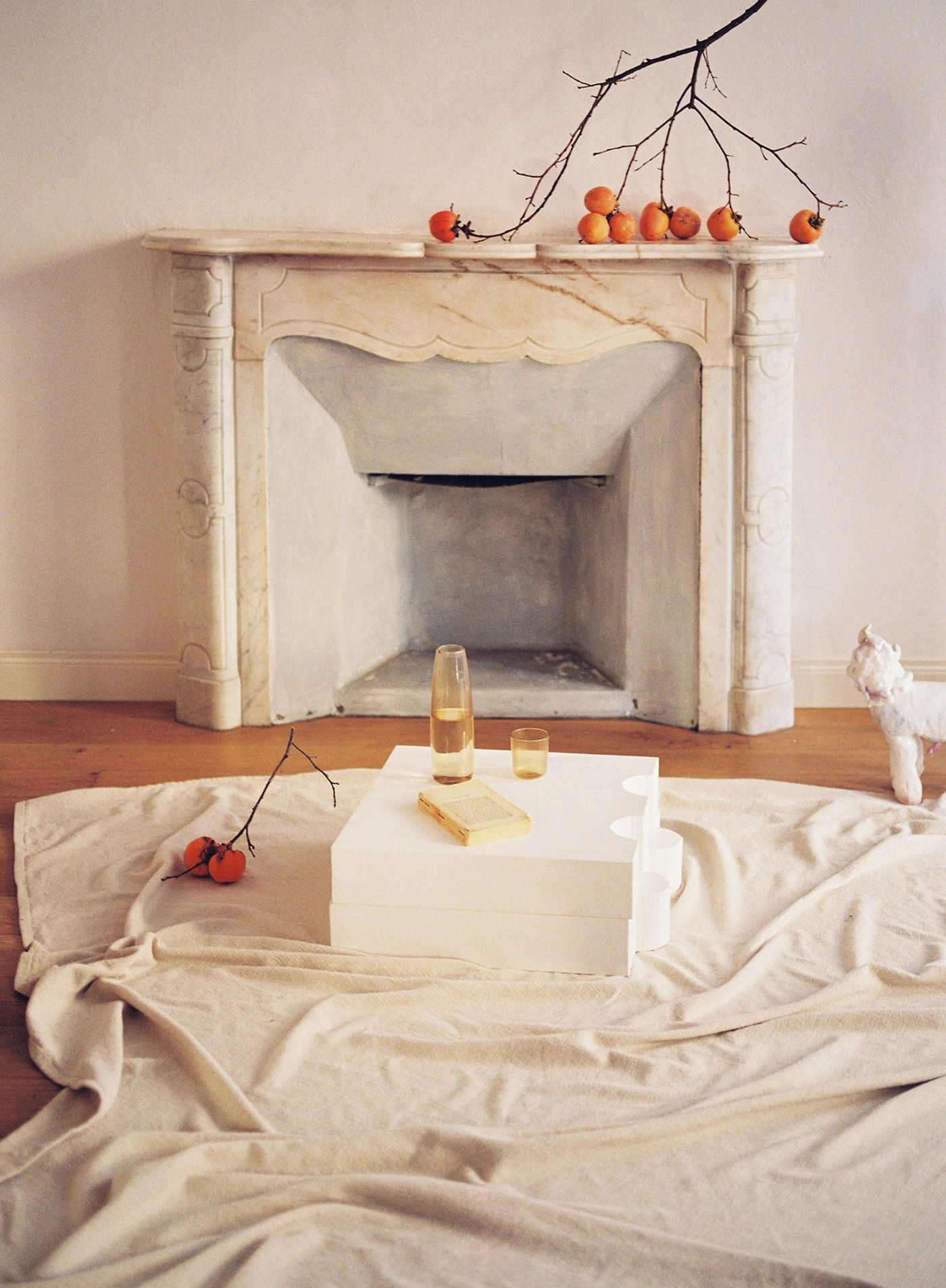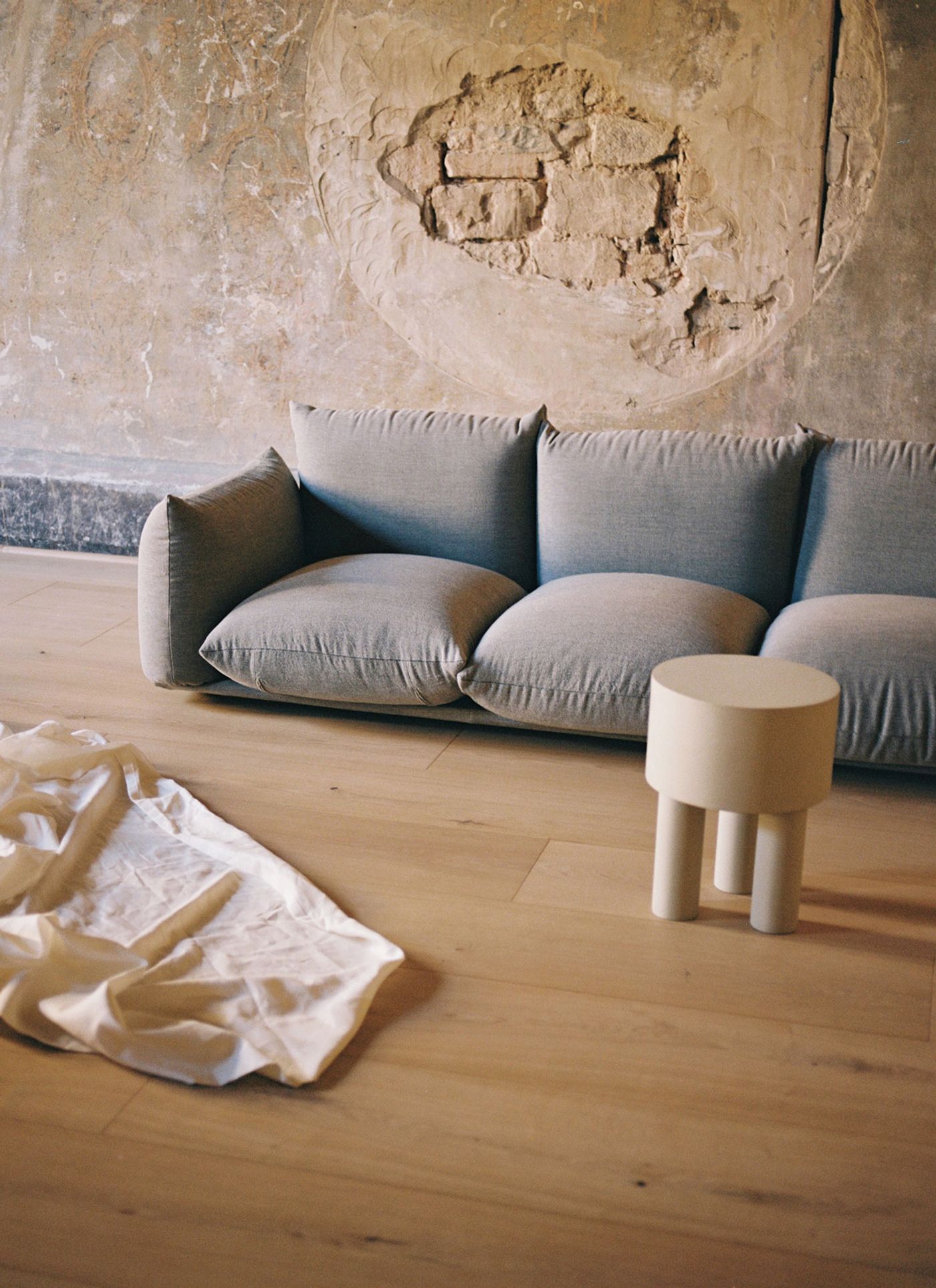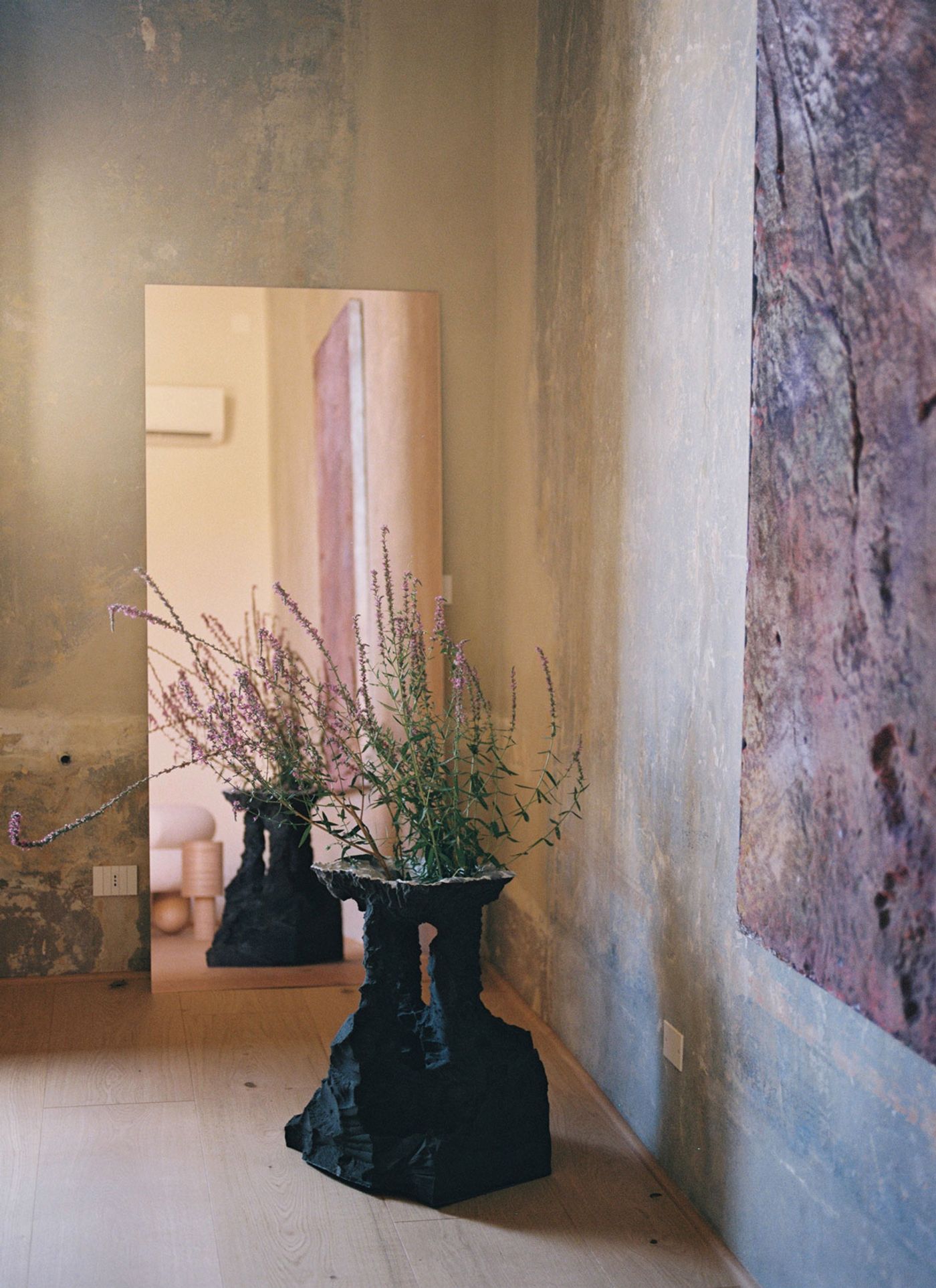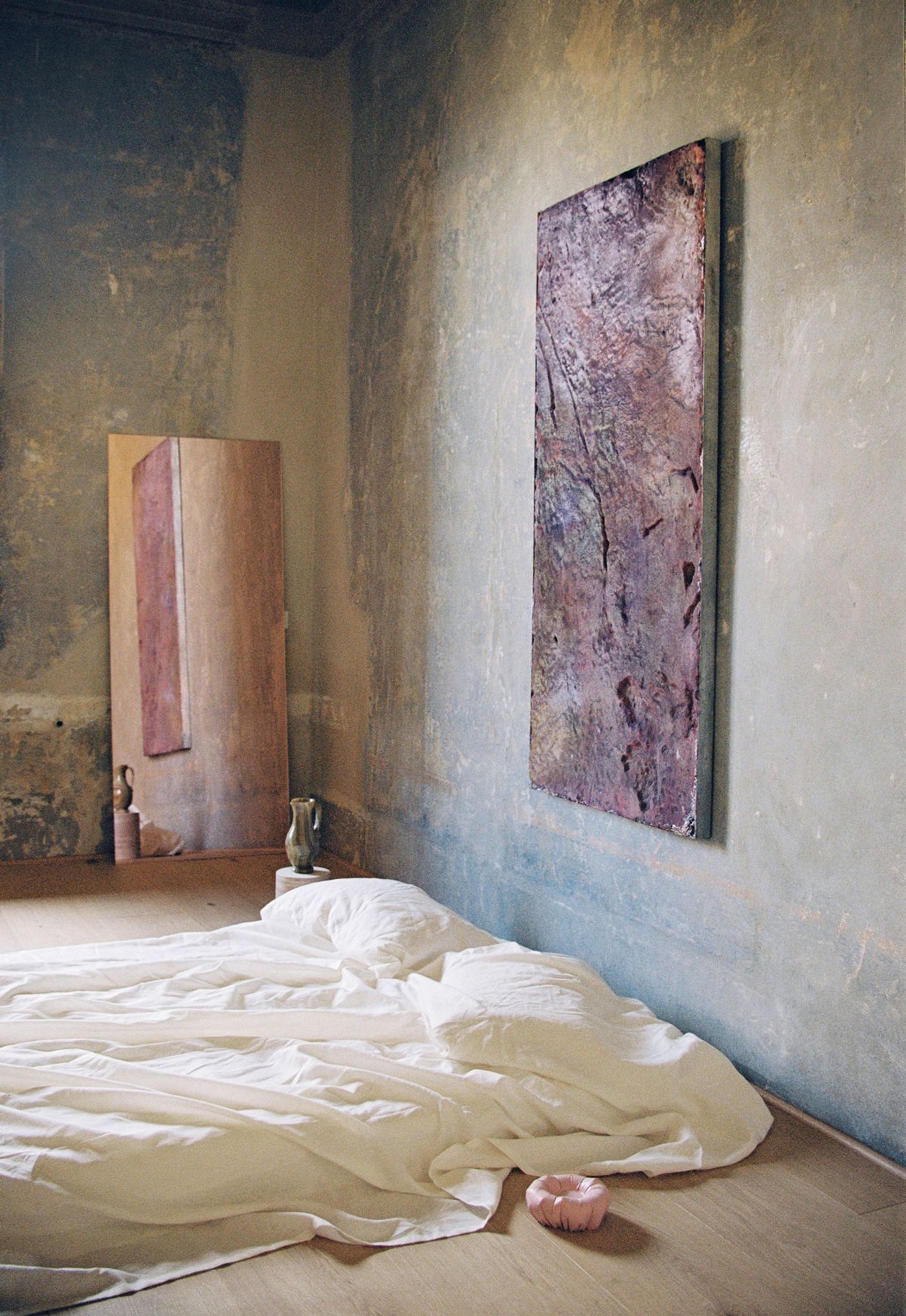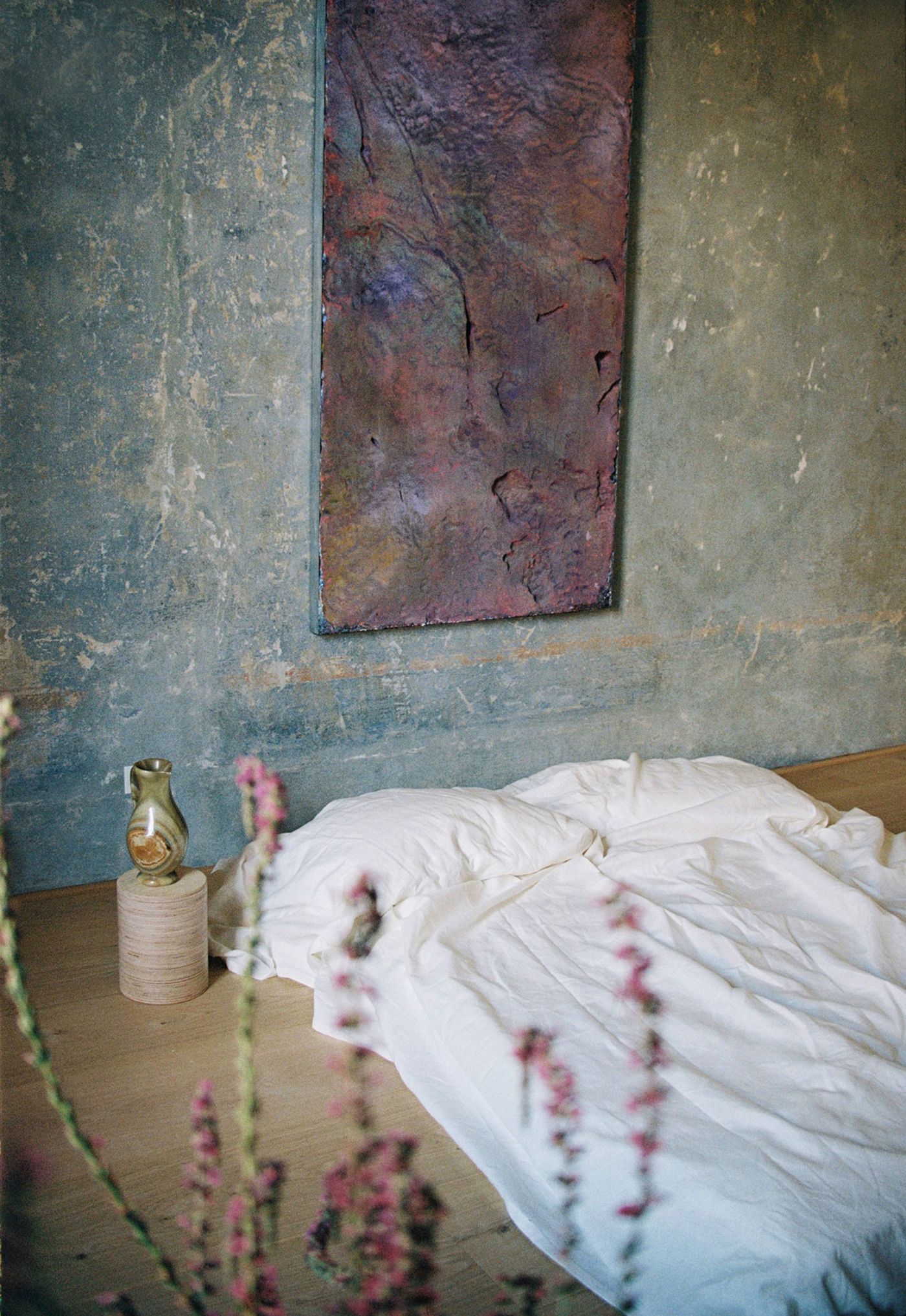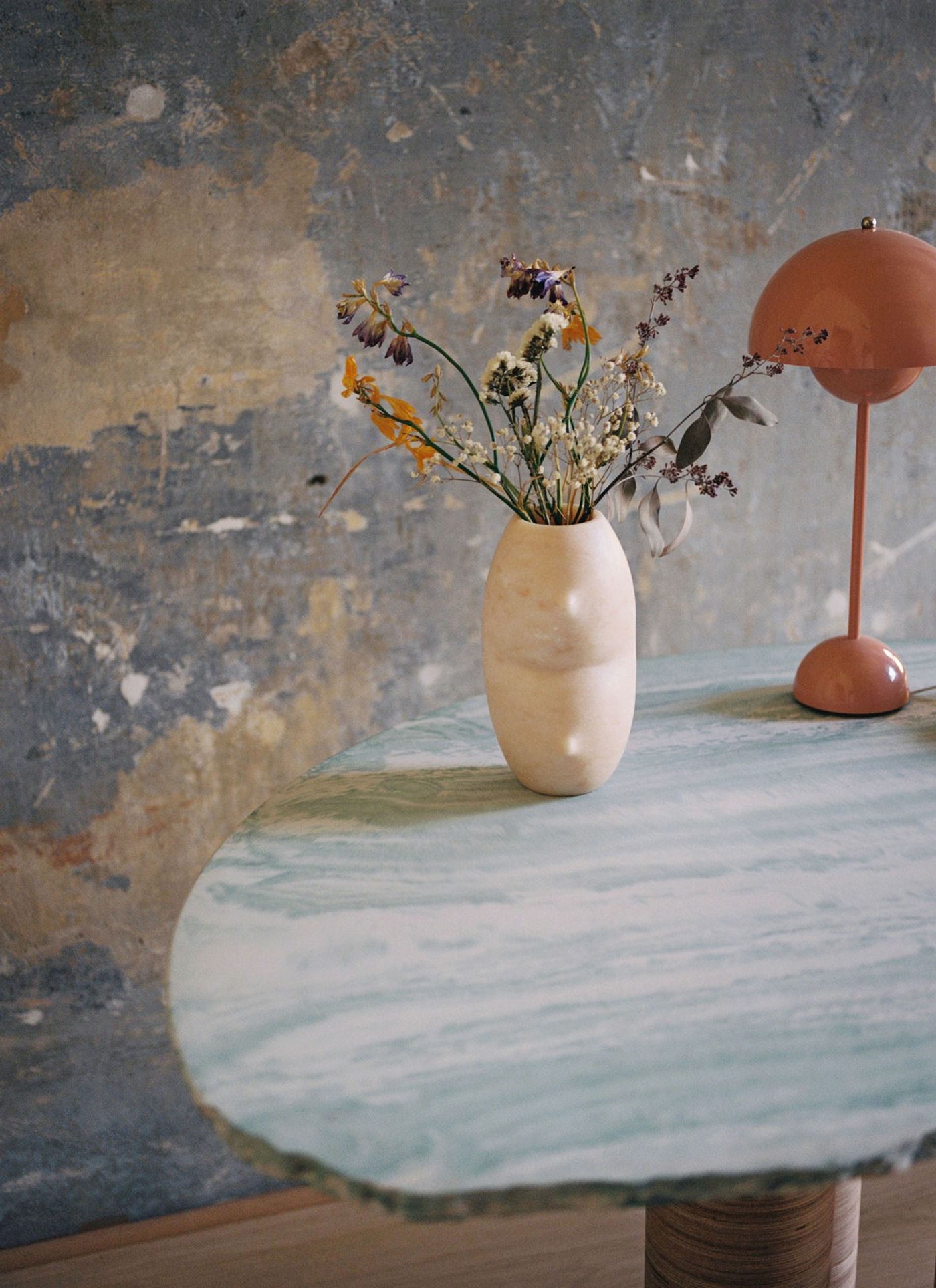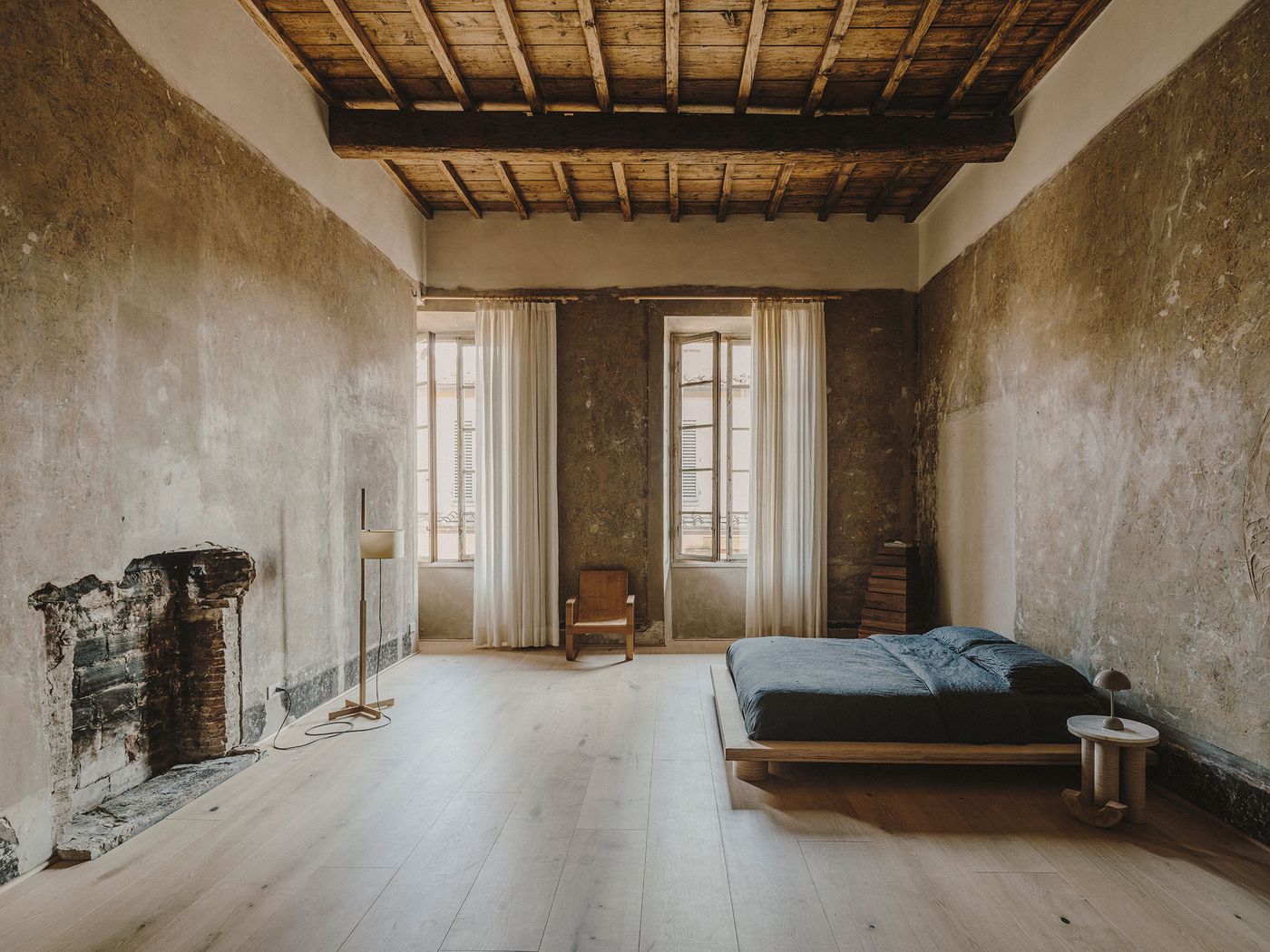
Numeroventi: A Renaissance Palazzo in Florence is Reborn as an Artist’s Residence & Boutique Hotel
Words by Eric David
Location
Florence, Italy
Numeroventi: A Renaissance Palazzo in Florence is Reborn as an Artist’s Residence & Boutique Hotel
Words by Eric David
Florence, Italy
Florence, Italy
Location
During the Renaissance, Florence was at the forefront of nurturing artistic creativity, boasting a prestigious roster of home-grown talent like Brunelleschi, Leonardo da Vinci and Michelangelo who bequeathed the city with an unrivalled cultural heritage, not to mention revolutionized the arts. Repeating such a historic accomplishment may be a tall order but one has to start from somewhere. In the case of entrepreneur Martino di Napoli Rampolla’s case, that ‘somewhere’ is number 20 on via dei Pandolfini in Florence’s historic centre, where a 16th century palazzo has been transformed into an art residency space. Taking its name from its address, Numeroventi combines co-living and co-working spaces for local and international artists with exhibition spaces along with a boutique hotel with a mission to bring together artists from around the world.
Launched in 2016 in collaboration with Alessandro Modestino Ricciardelli, the multi-disciplinary project stands out not just for its ambitious program but for its unique ambience. Working with architect Gianni Emiliani and interior designer and Openhouse Magazine director Andrew Trotter, Rampolla has created a peaceful retreat artfully mixing Renaissance splendour with Scandinavian minimalism. Evocatively bridging past and present, Numeroventi offers an inspiring and contemplative environment for artists and designers to “rediscover” as he says “the essence of their profession”, as well as a haven for weary travellers to pause and reflect.
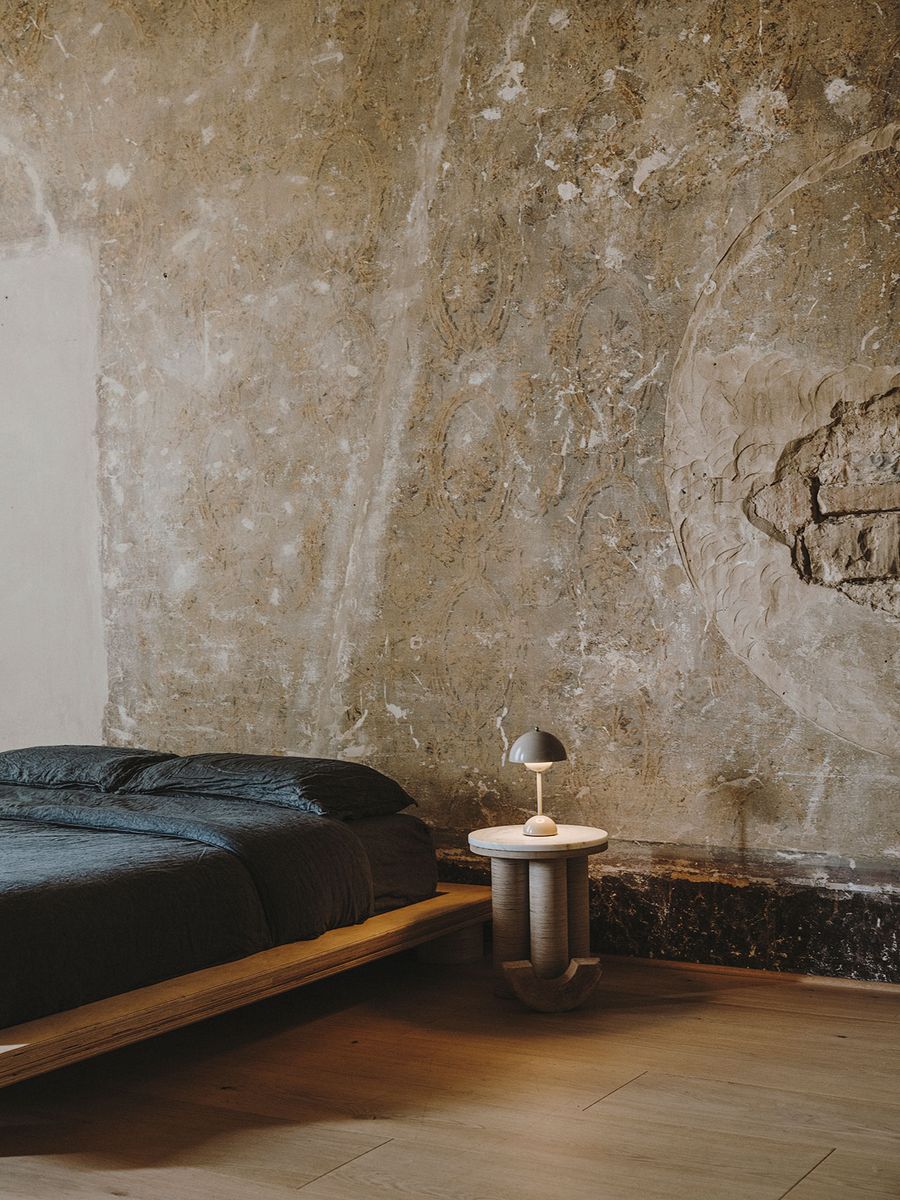
Photography by Salva Lopez
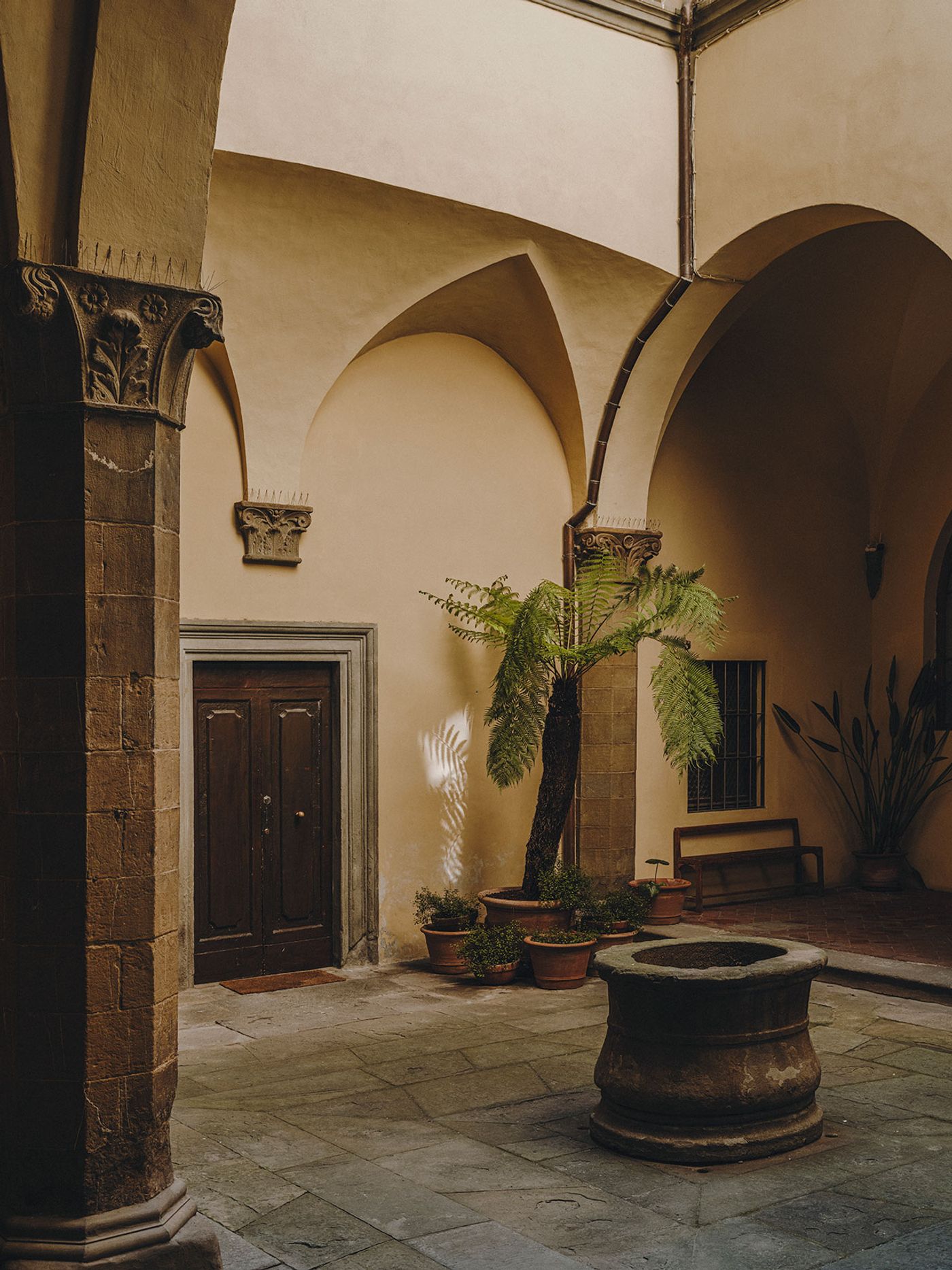
Photography by Salva Lopez
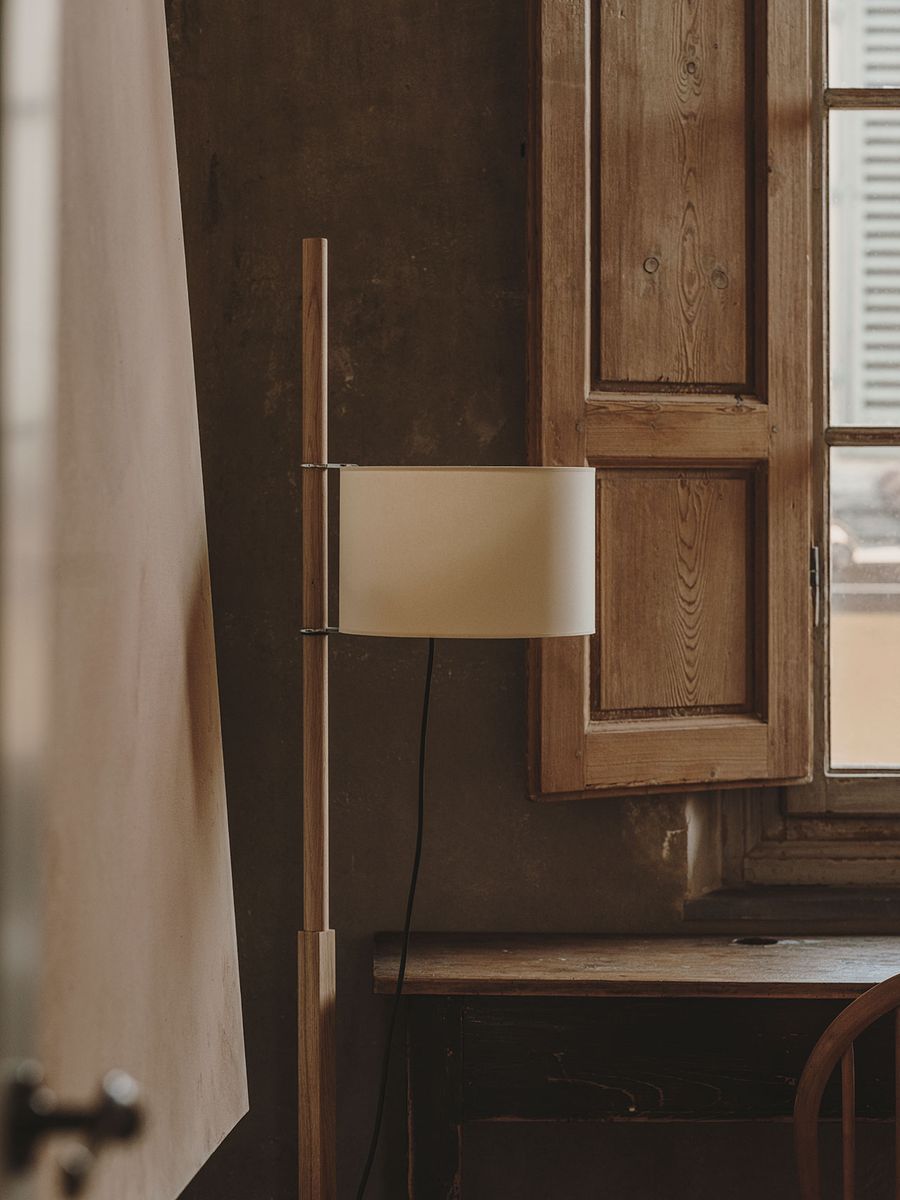
Photography by Salva Lopez
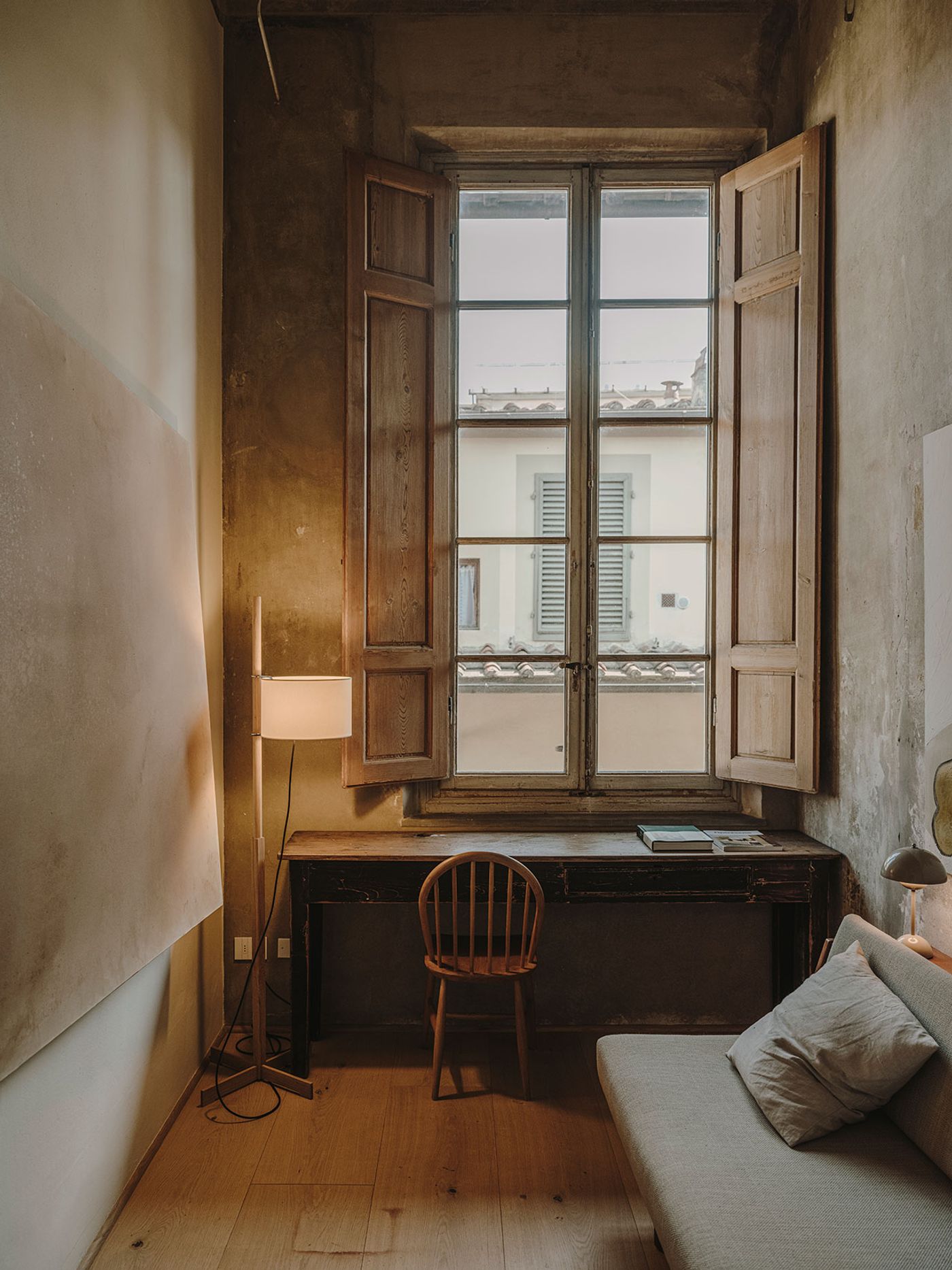
Photography by Salva Lopez
Fittingly for an artistic residence, Numeroventi’s home, Palazzo Tassi Galli, reflects Florence’s cultural heritage; built in 1510 by merging several 14th century merchant houses, it was later extended and embellished with paintings, frescoes and sculptures by 17th century Baroque masters Fabrizio Boschi, Ottavio Vannini and Francesco Furini, as well as a grand neoclassical staircase. Having served throughout the centuries as the governor's palace, a ministry, and even a syrup factory, the palazzo evidently reflects the city’s storied history. It also holds a special place in Rampolla's heart: his grandmother’s uncle, entrepreneur and theatrical impresario Girolamo Pagliano, bought the building in the 19th century turning parts of it into a production facility for a medicinal syrup he had invented—Rampolla’s grandmother also lived here when he was growing up just as he did briefly when he was a university student.
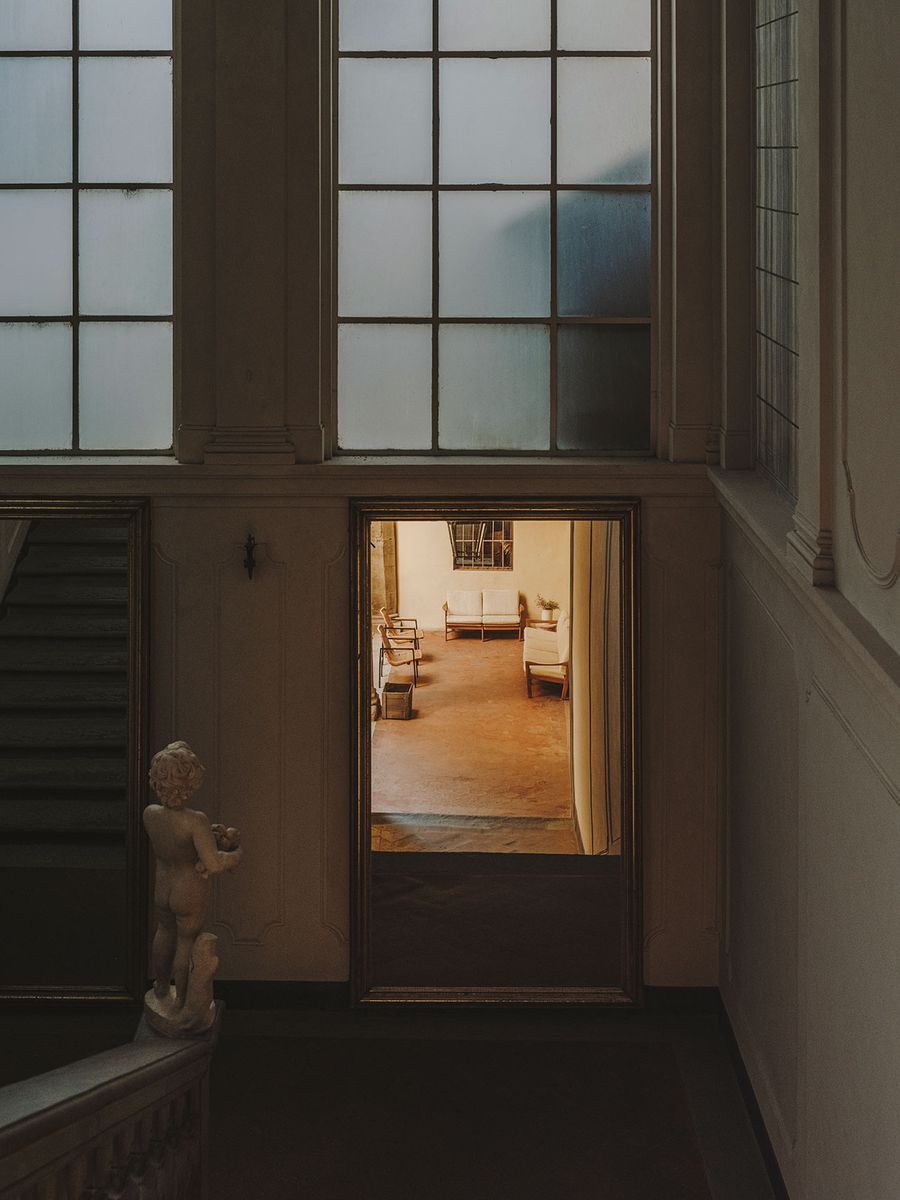
Photography by Salva Lopez
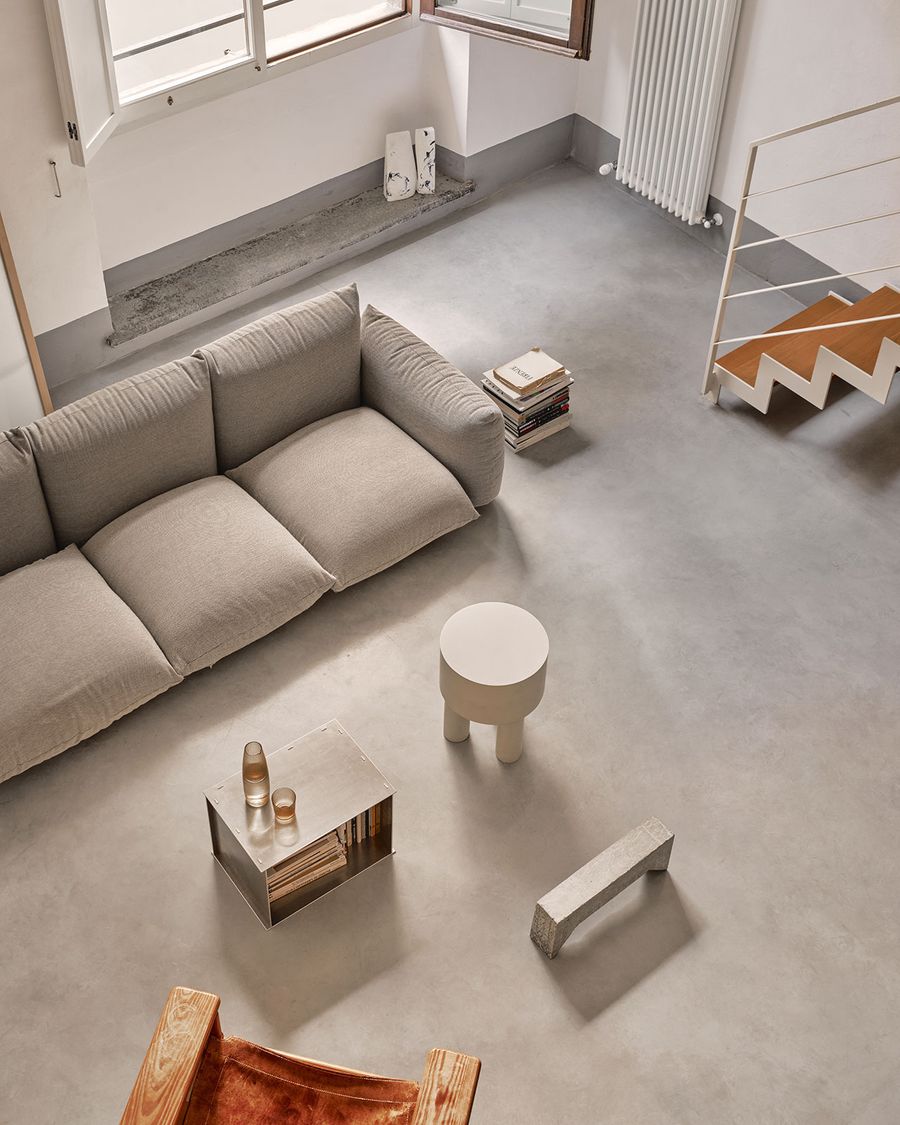
Photography by Renèe Kemps
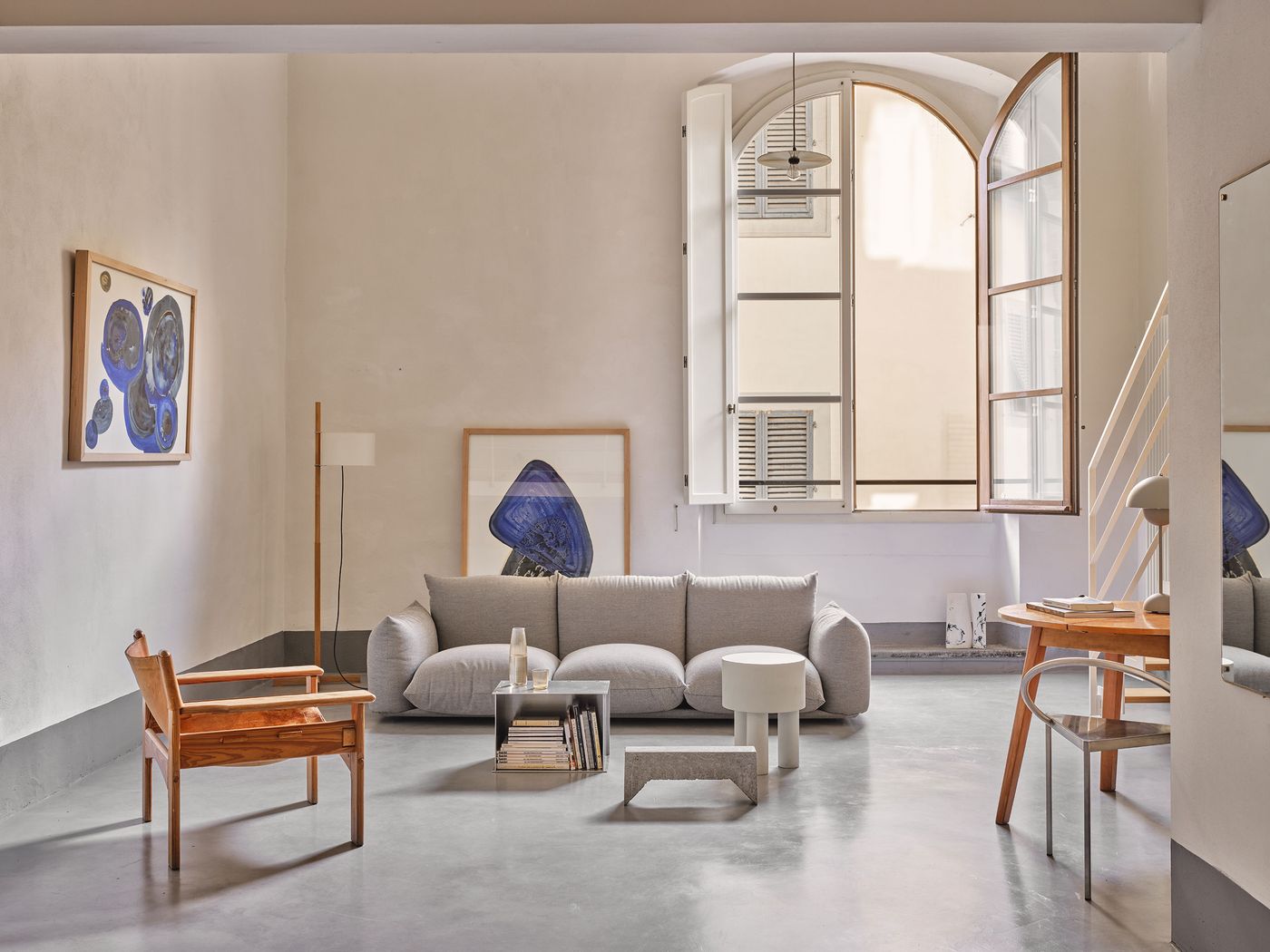
Photography by Renèe Kemps
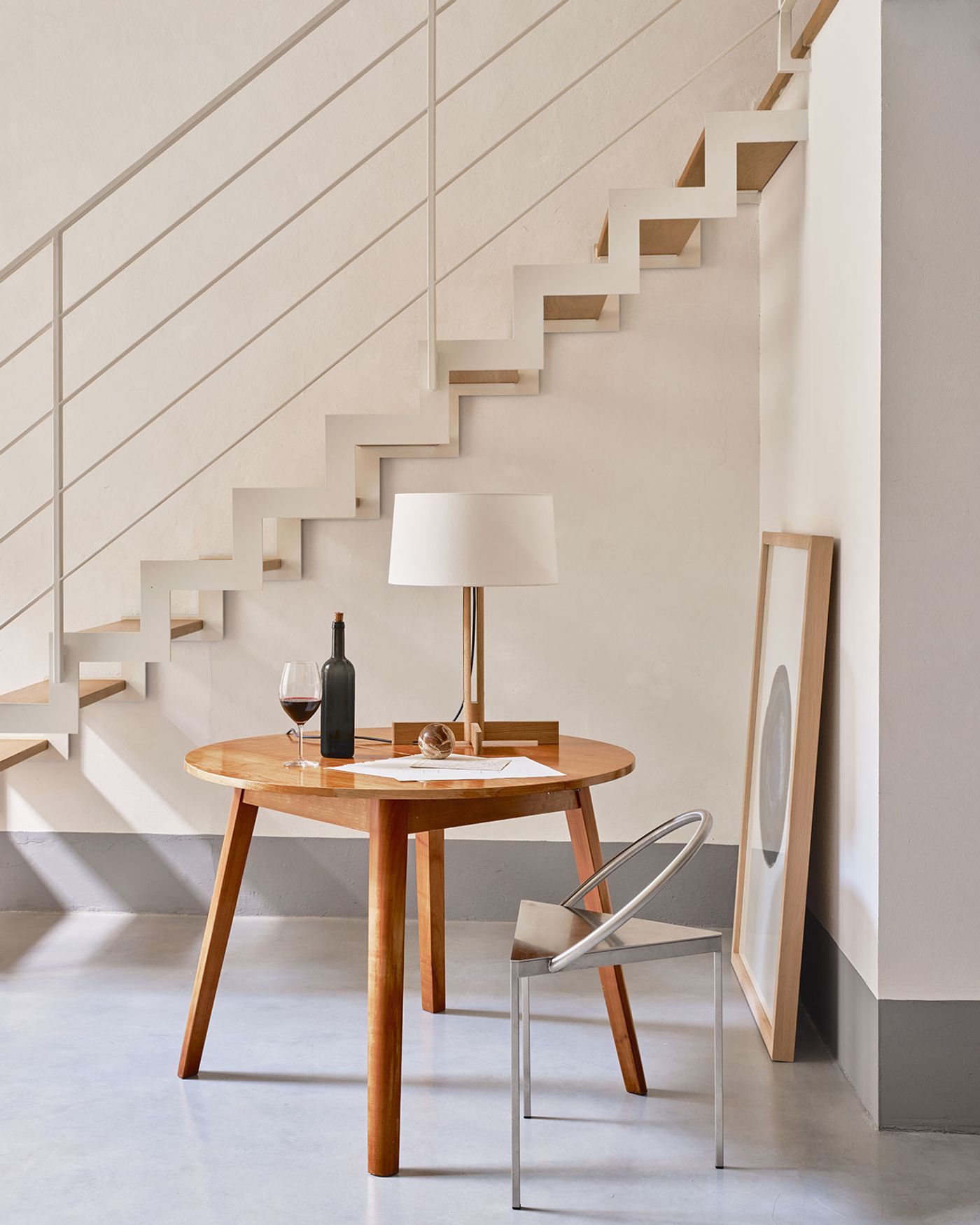
Photography by Renèe Kemps
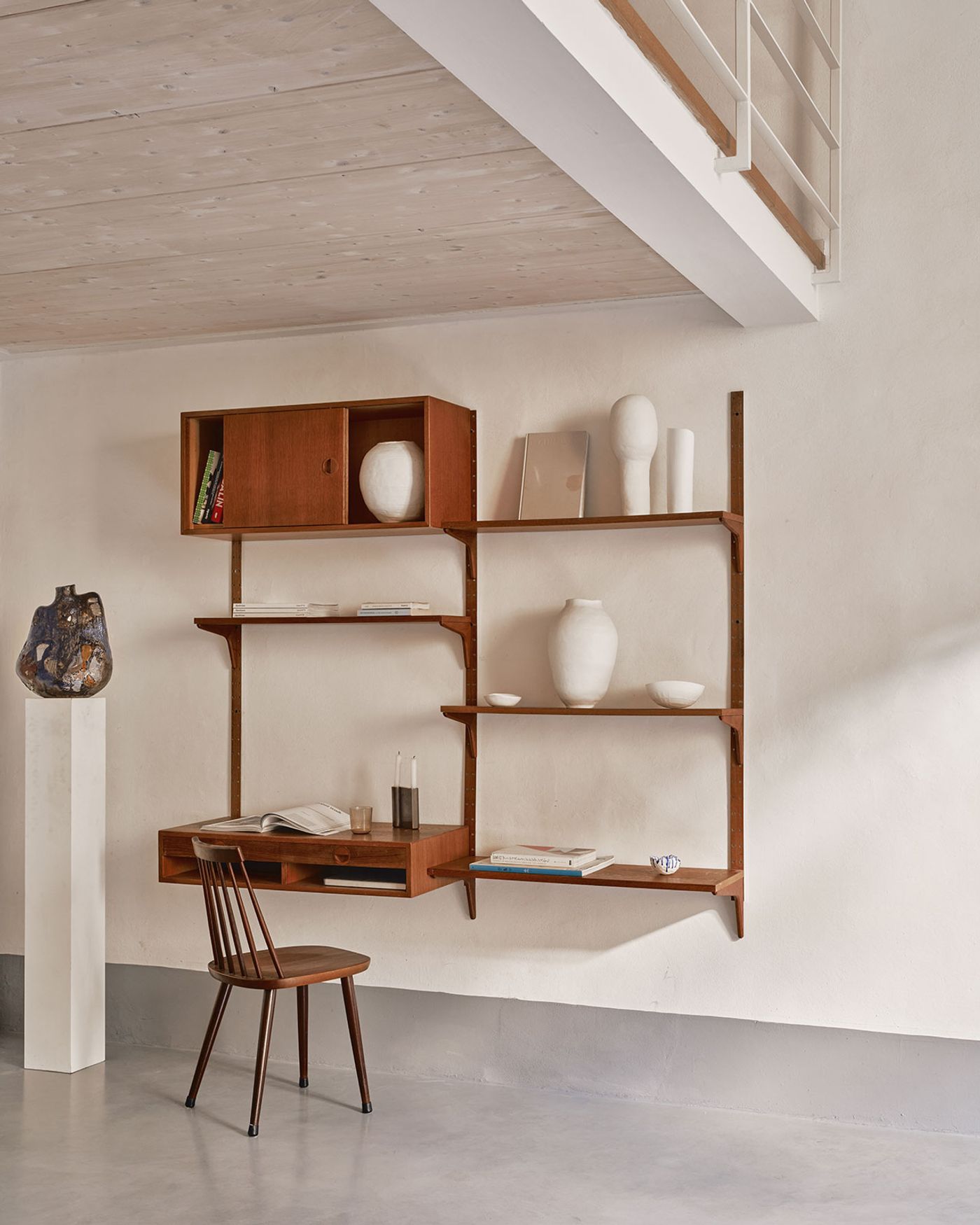
Photography by Renèe Kemps
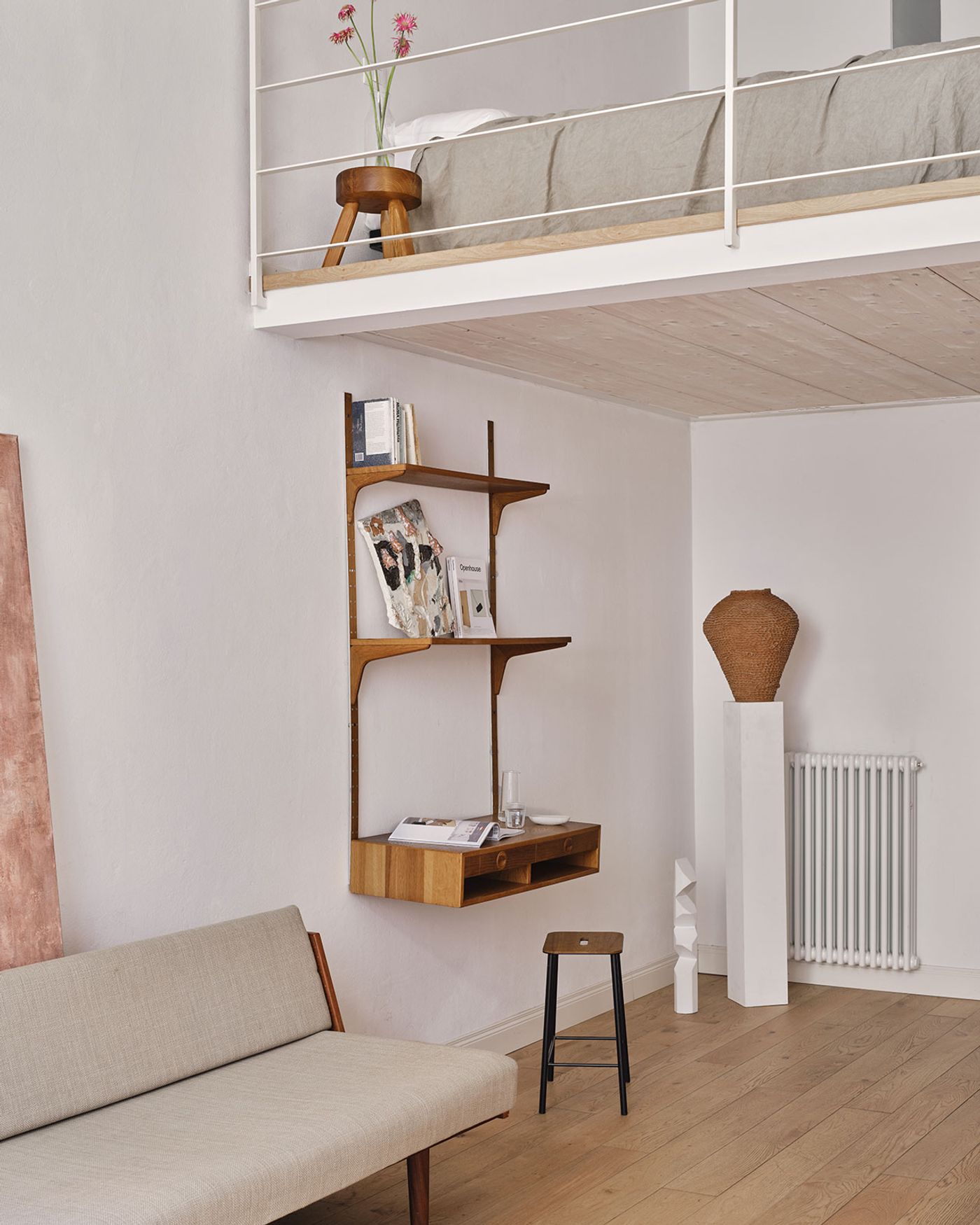
Photography by Renèe Kemps
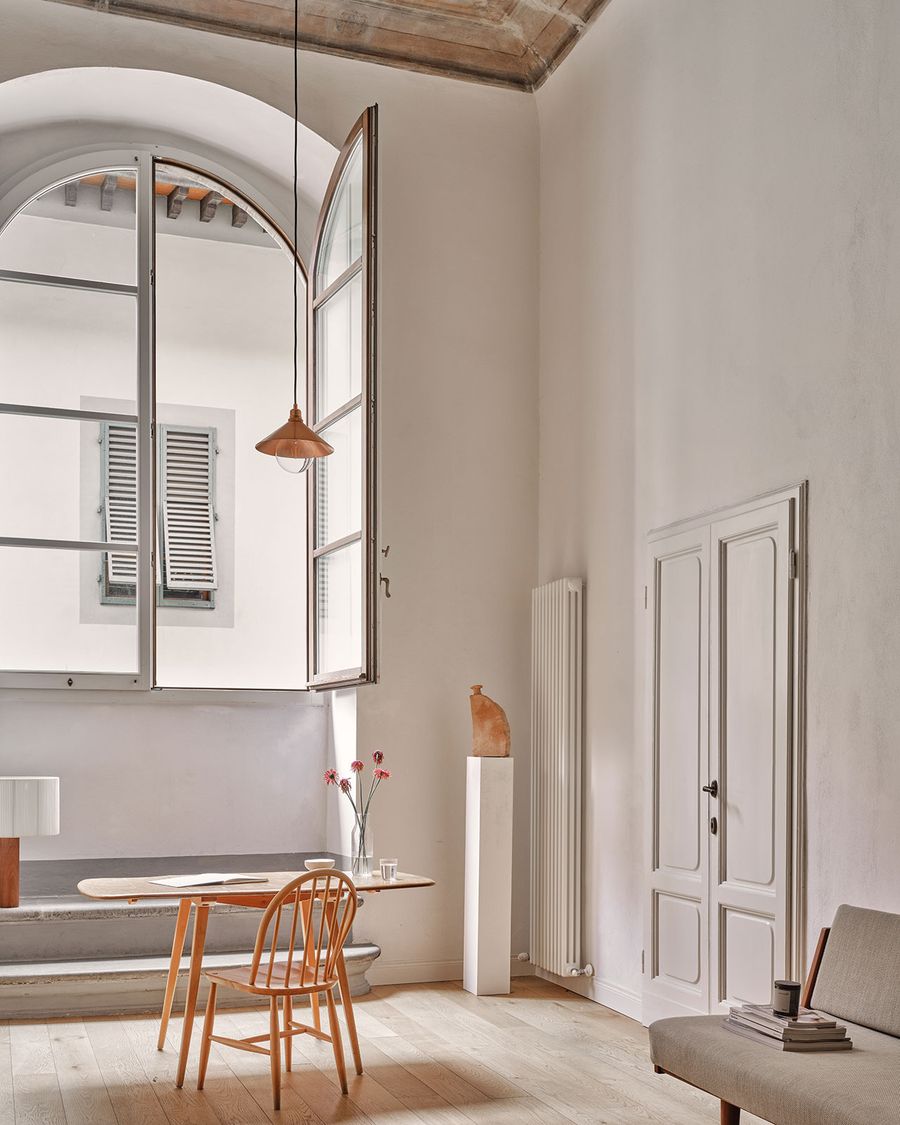
Photography by Renèe Kemps
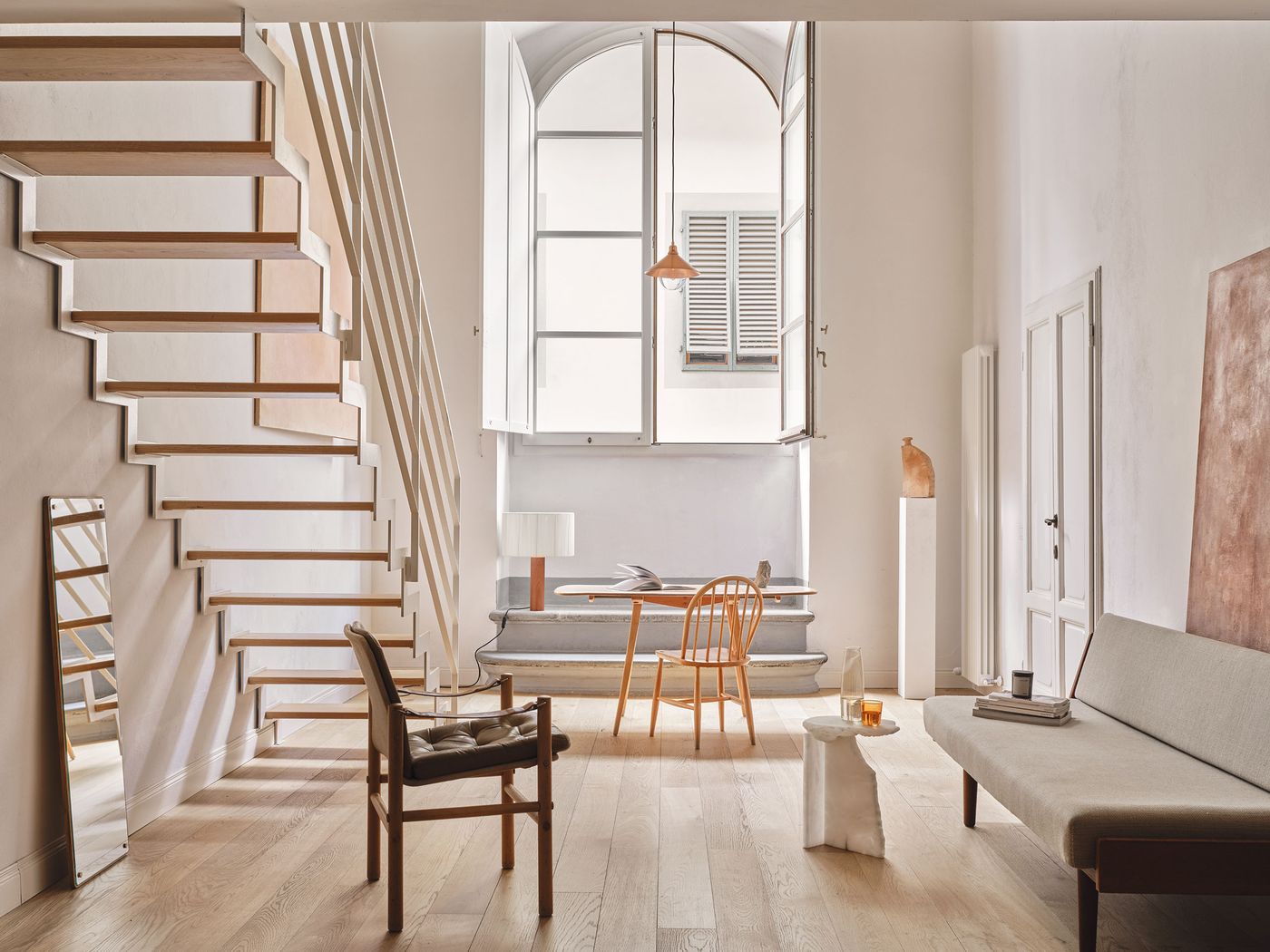
Photography by Renèe Kemps
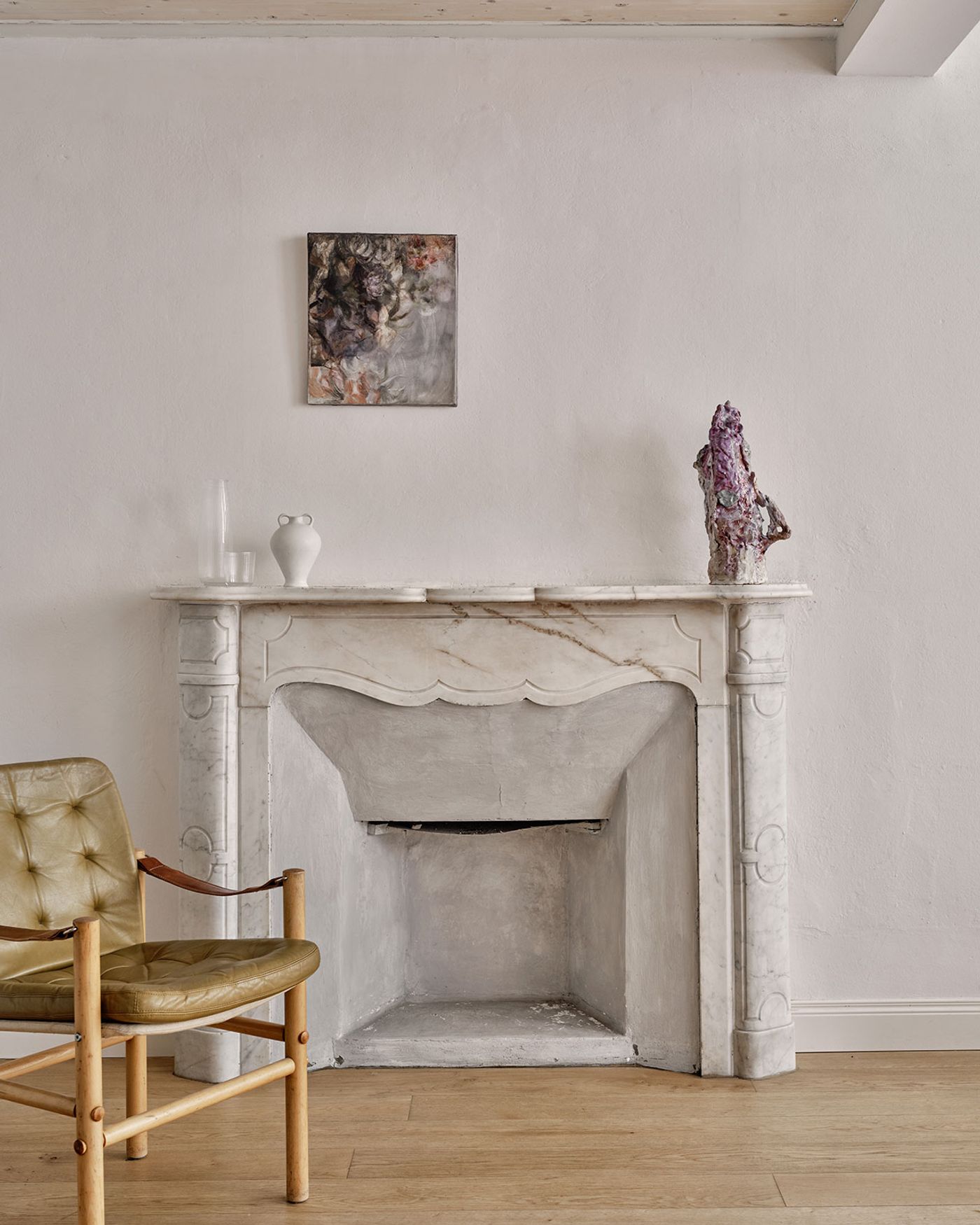
Photography by Renèe Kemps
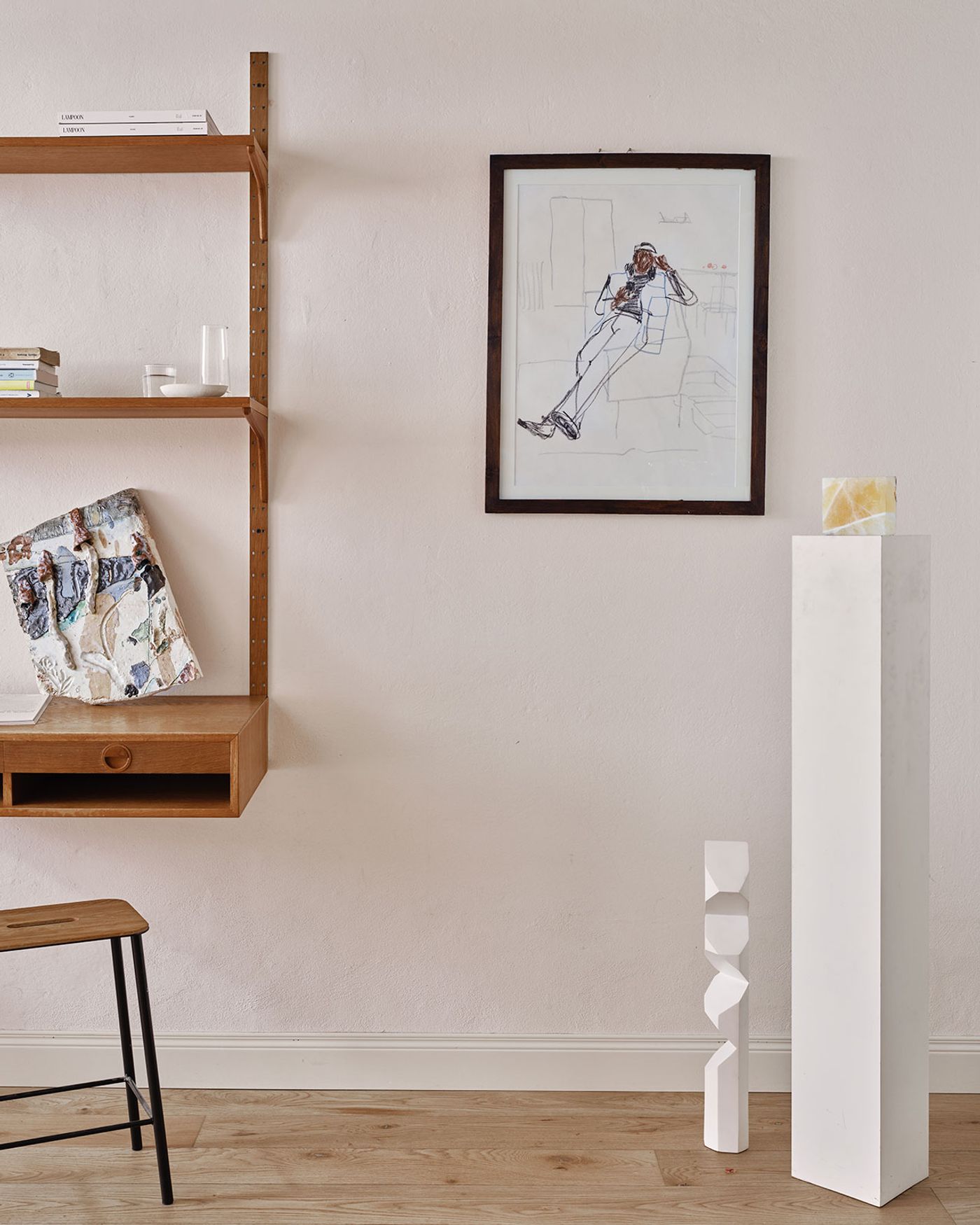
Photography by Renèe Kemps
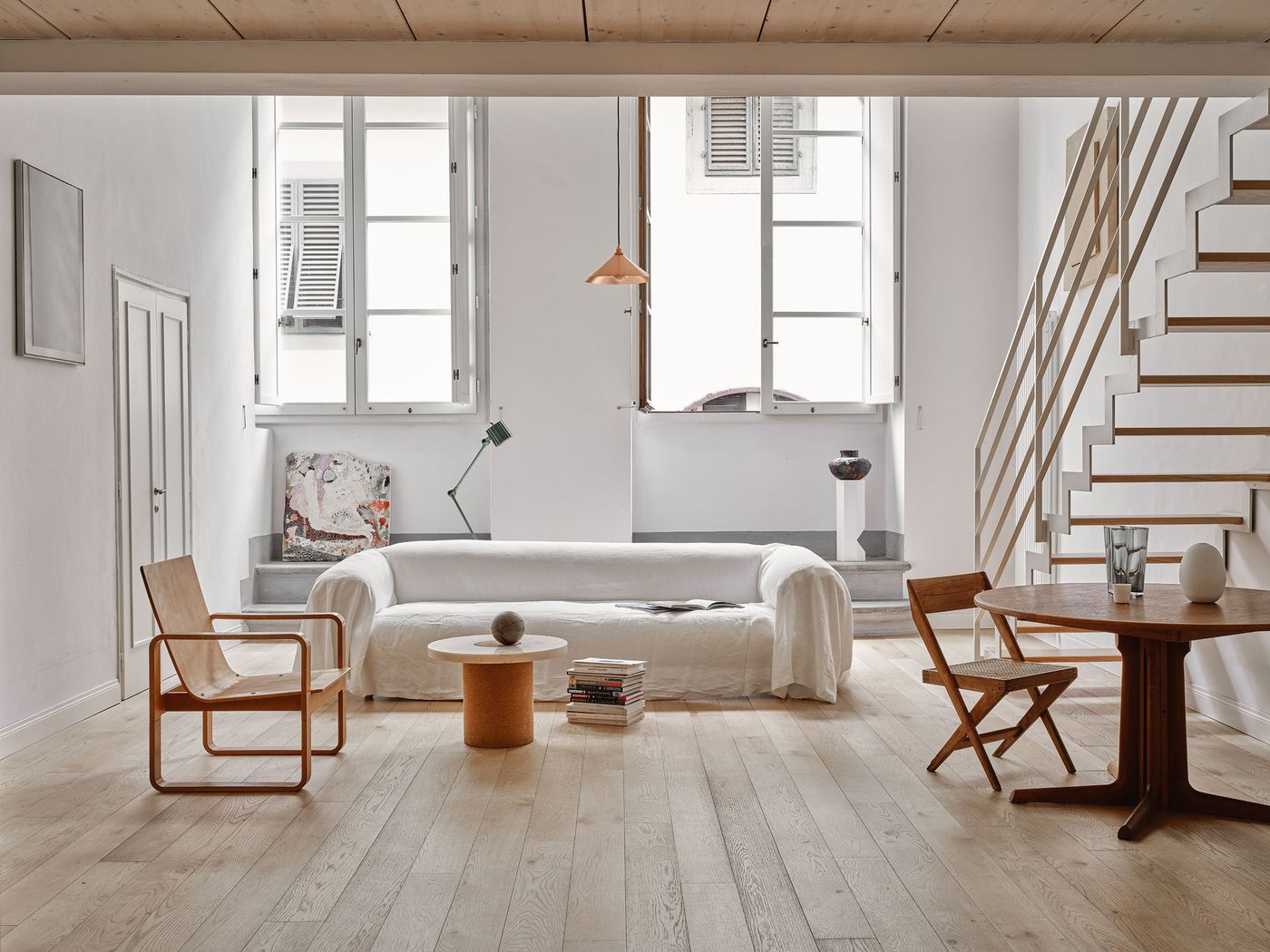
Photography by Renèe Kemps
Numeroventi’s heart beats in the palazzo’s central courtyard; once a historical market square, as the medieval octagonal pillars attest, it now functions as a serene outdoor lounge, meeting place and event space under the watchful eye of Hercules and Iole, a 17th century marble statue by Florentine sculptor Domenico Pieratti. An imposing neoclassical staircase leads to three loft apartments imbued with stillness and lightness. Swathed in muted colours and natural finishes, and sparsely furnished with vintage mid-century furniture which Trotter has sourced from all over Europe, the sunlit lofts are a showcase of minimalist soulfulness. Taking advantage of the five-metre-high ceilings, mezzanine levels were added in order to provide separate sleeping quarters without diminishing the main living area, a gesture that also allows guests to admire the building’s centuries-old ceiling frescos from up close.
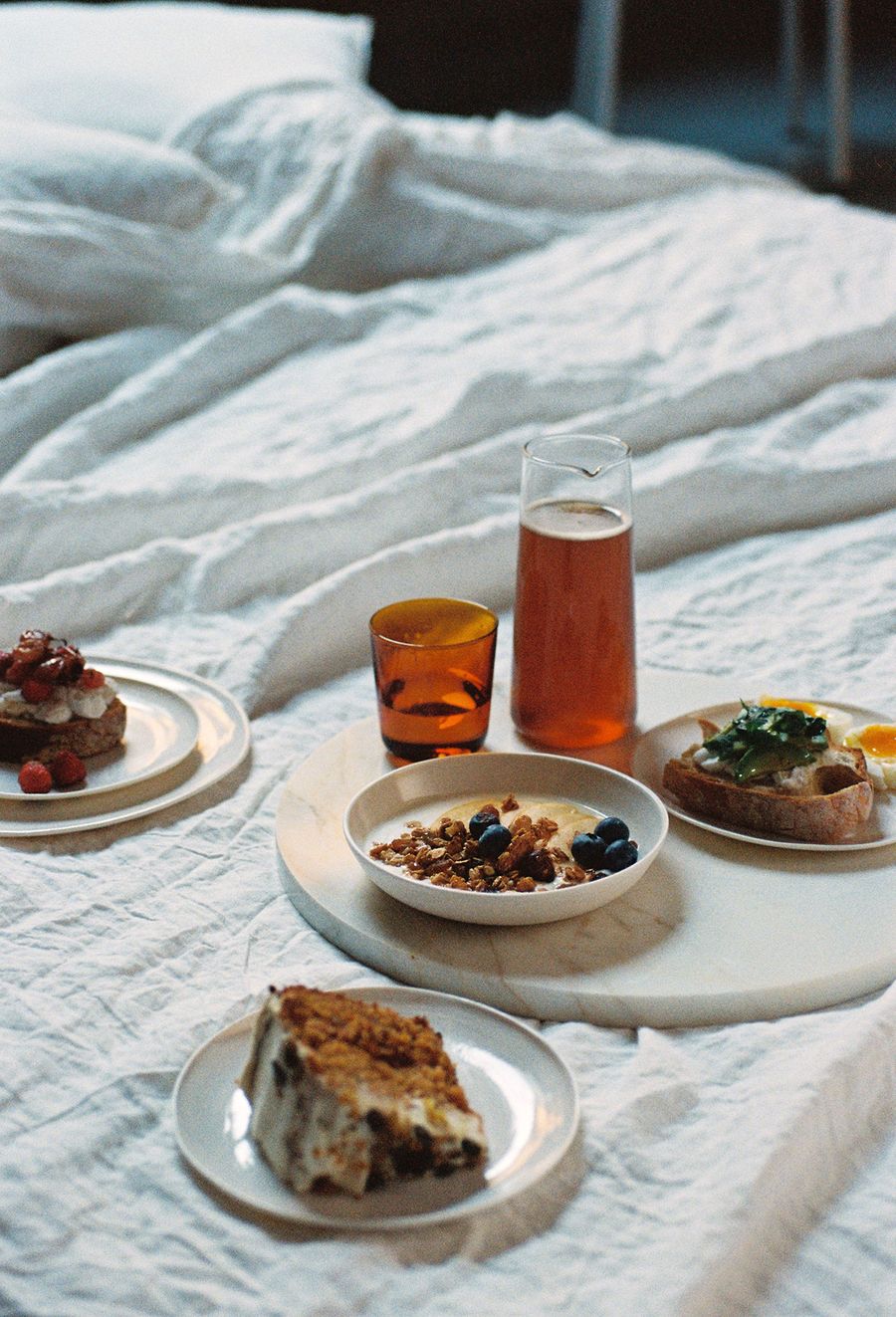
Photography by Pia Riverola
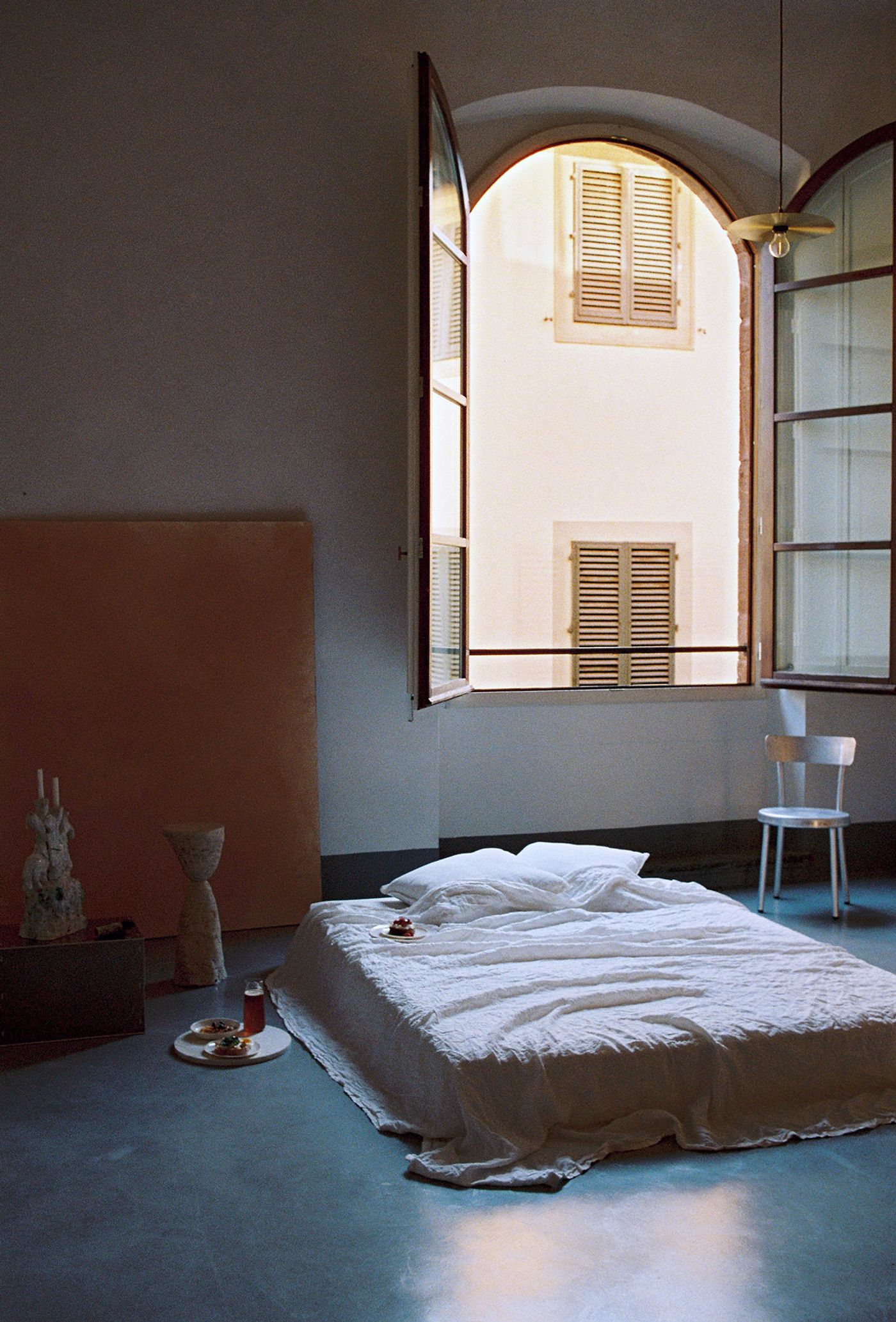
Photography by Pia Riverola

Photography by Pia Riverola
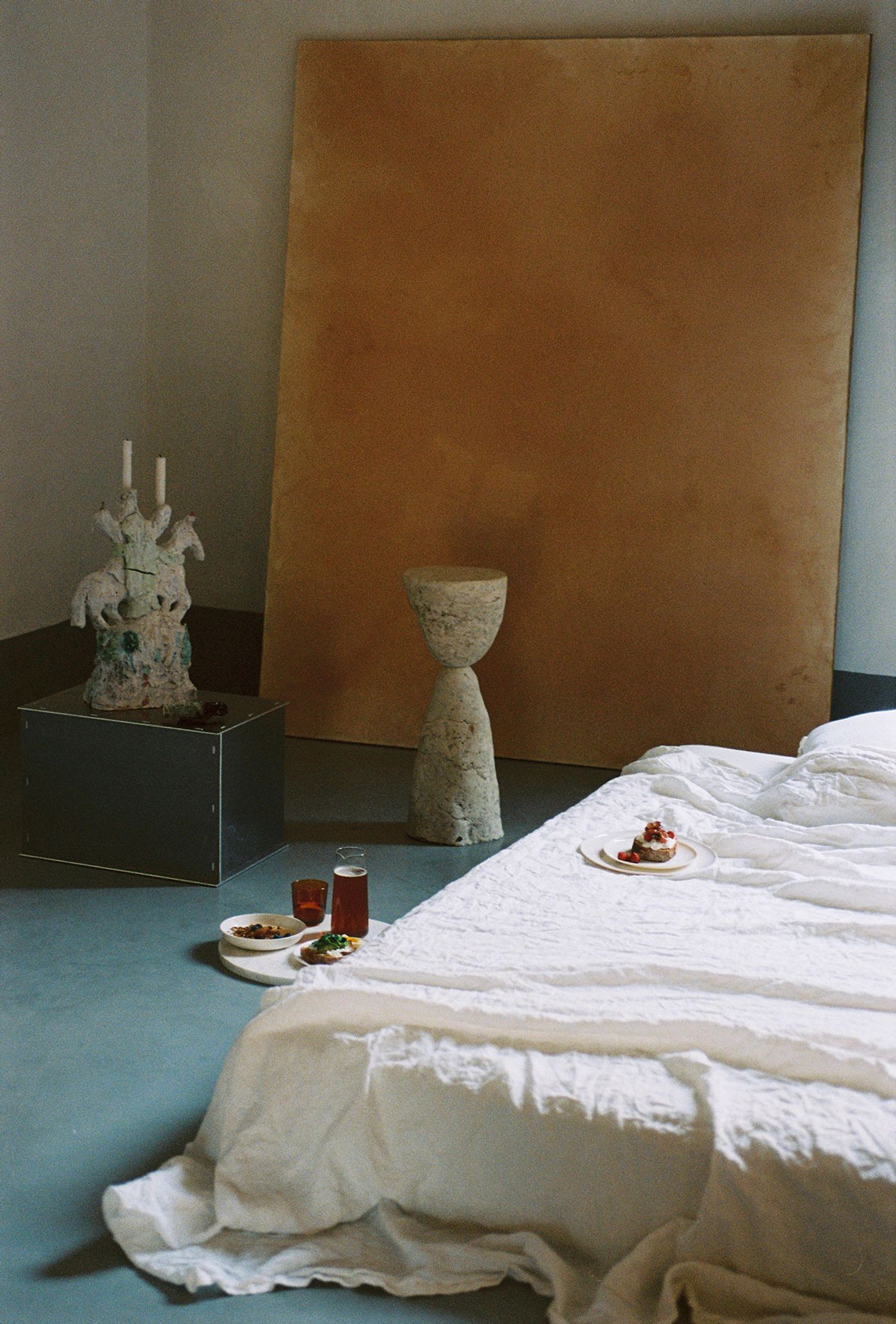
Photography by Pia Riverola
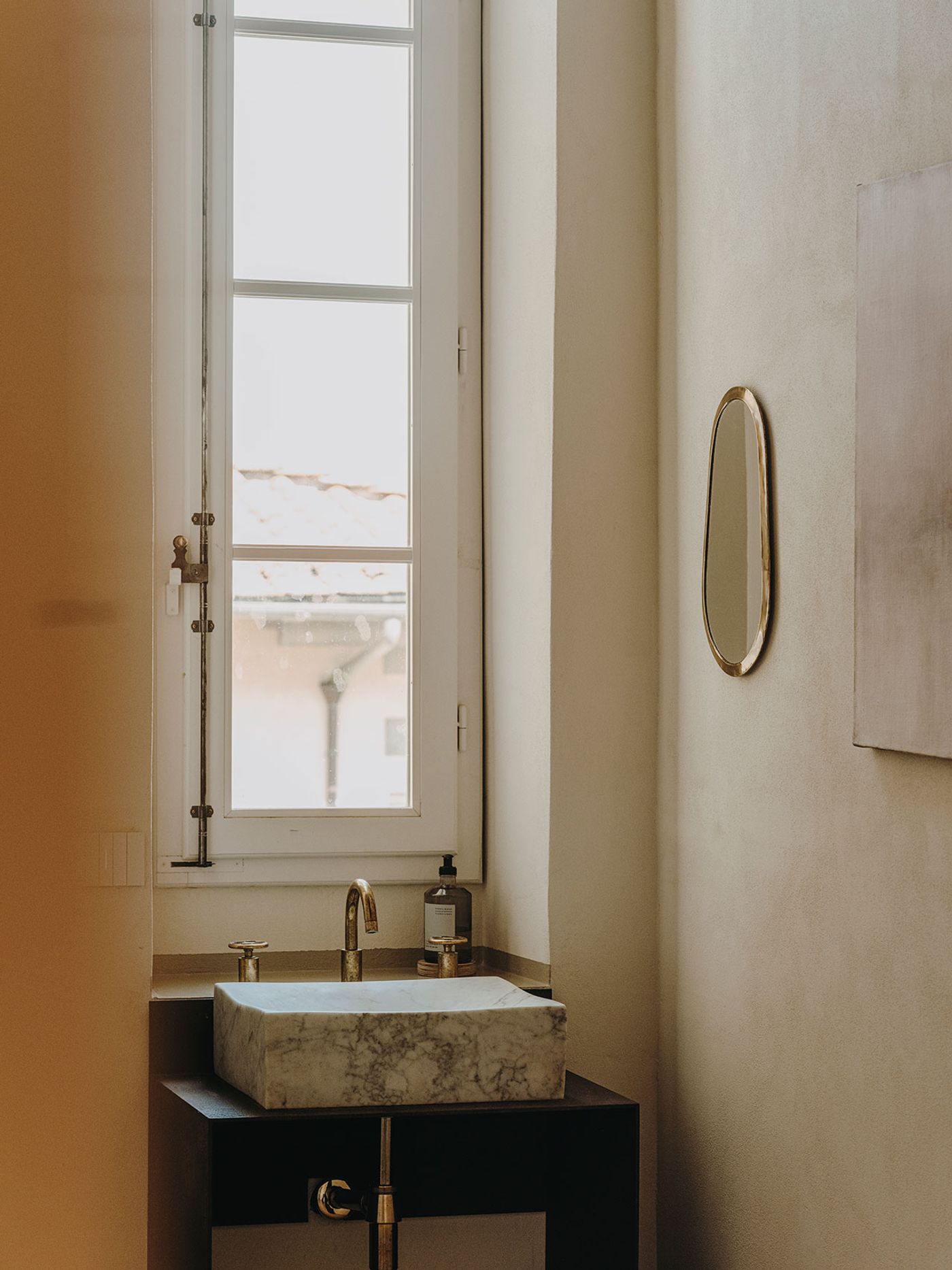
Photography by Salva Lopez
More frescos can be found on the top floor housing two suites, a guestroom and a lounge and exhibition space. Espousing the same Scandinavian minimalist aesthetic as the second-floor apartments, these spaces nevertheless feel lyrical thanks to the fading colours of the frescos and the rich textures of the crumbling plasterwork, purposefully preserved in their weathered state in order to evocatively capture the building’s storied past as well as convey the bittersweet beauty of the passage of time.
Through welcoming established and emerging artists, fostering collaborations, organizing workshops and exhibitions, and hosting receptions and dinners, courtesy of a roster of international chefs in residence, ultimately Numeroventi celebrates contemporary creativity and cultural exchanges in what can only be described as overwhelmingly Renaissance-like style.
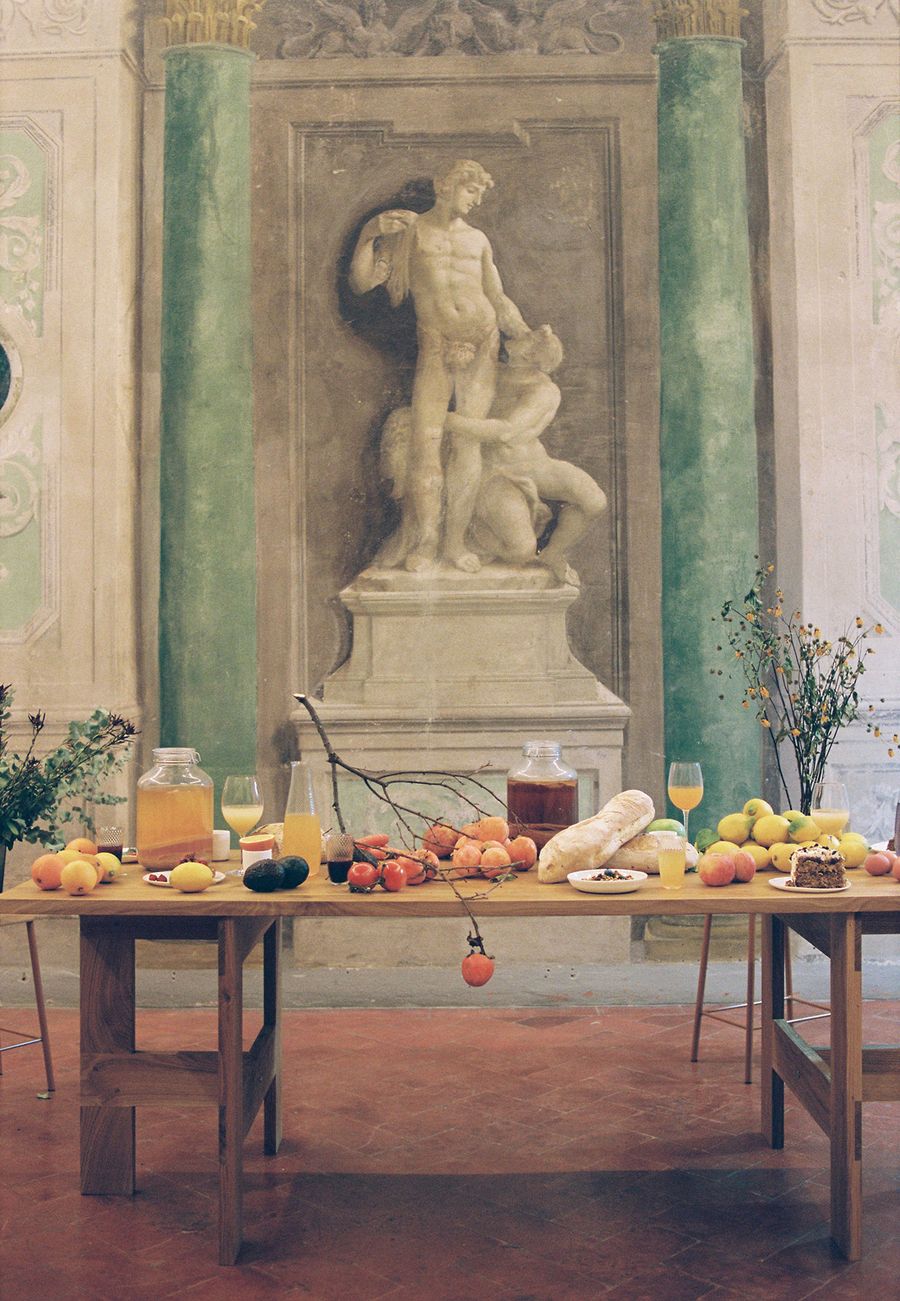
Photography by Pia Riverola

Photography by Pia Riverola

Photography by Pia Riverola
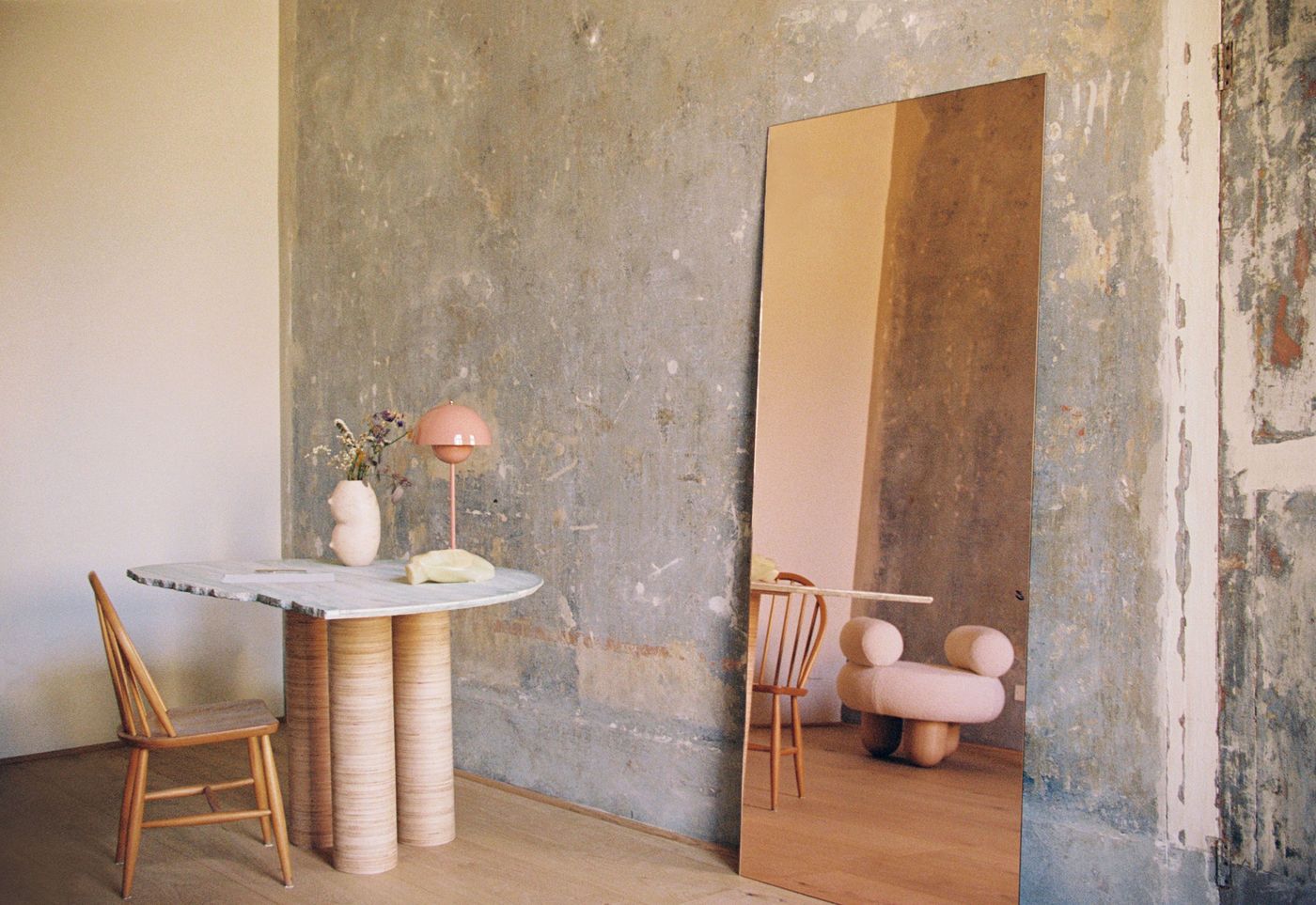
Photography by Pia Riverola
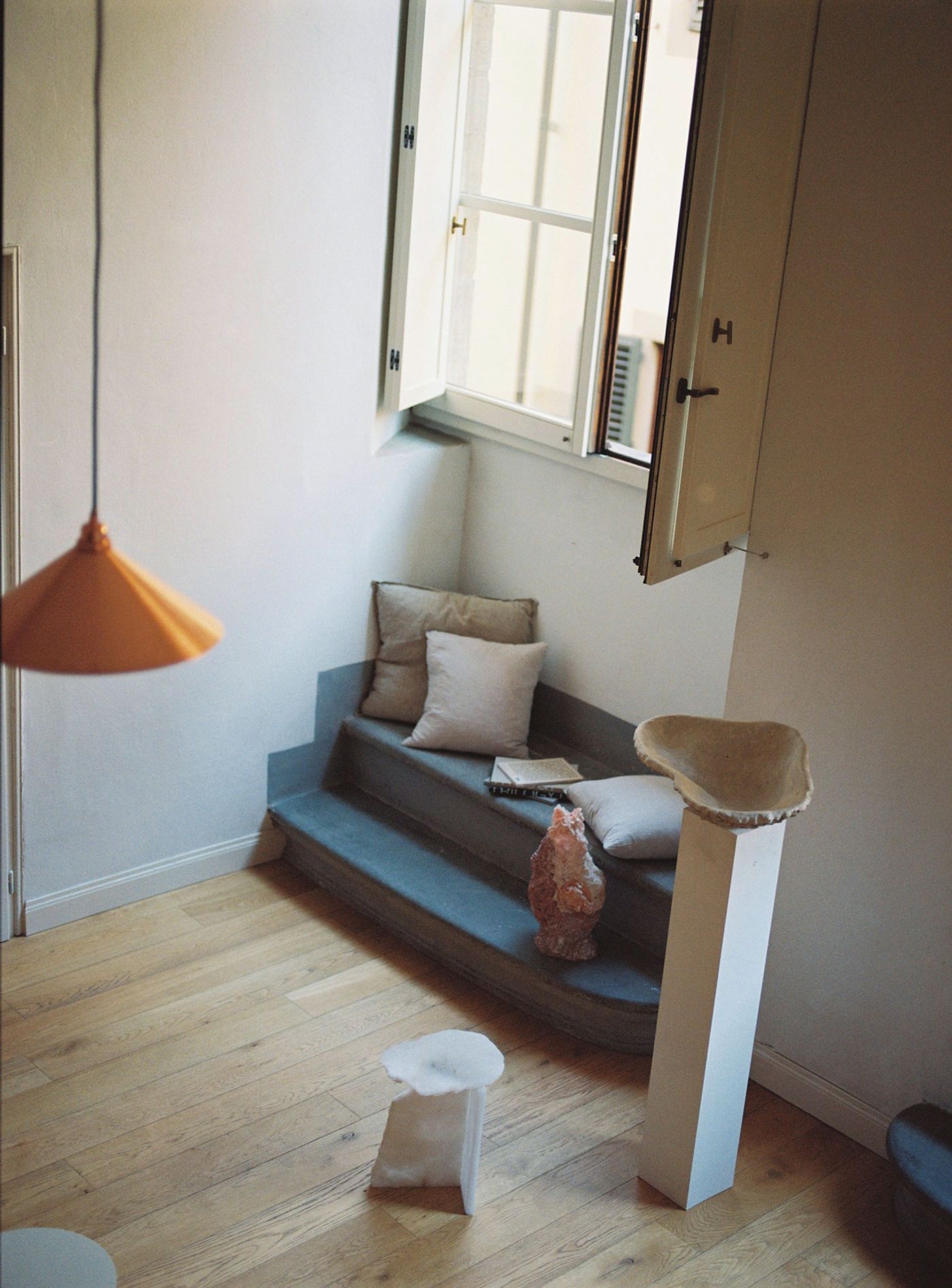
Photography by Pia Riverola
